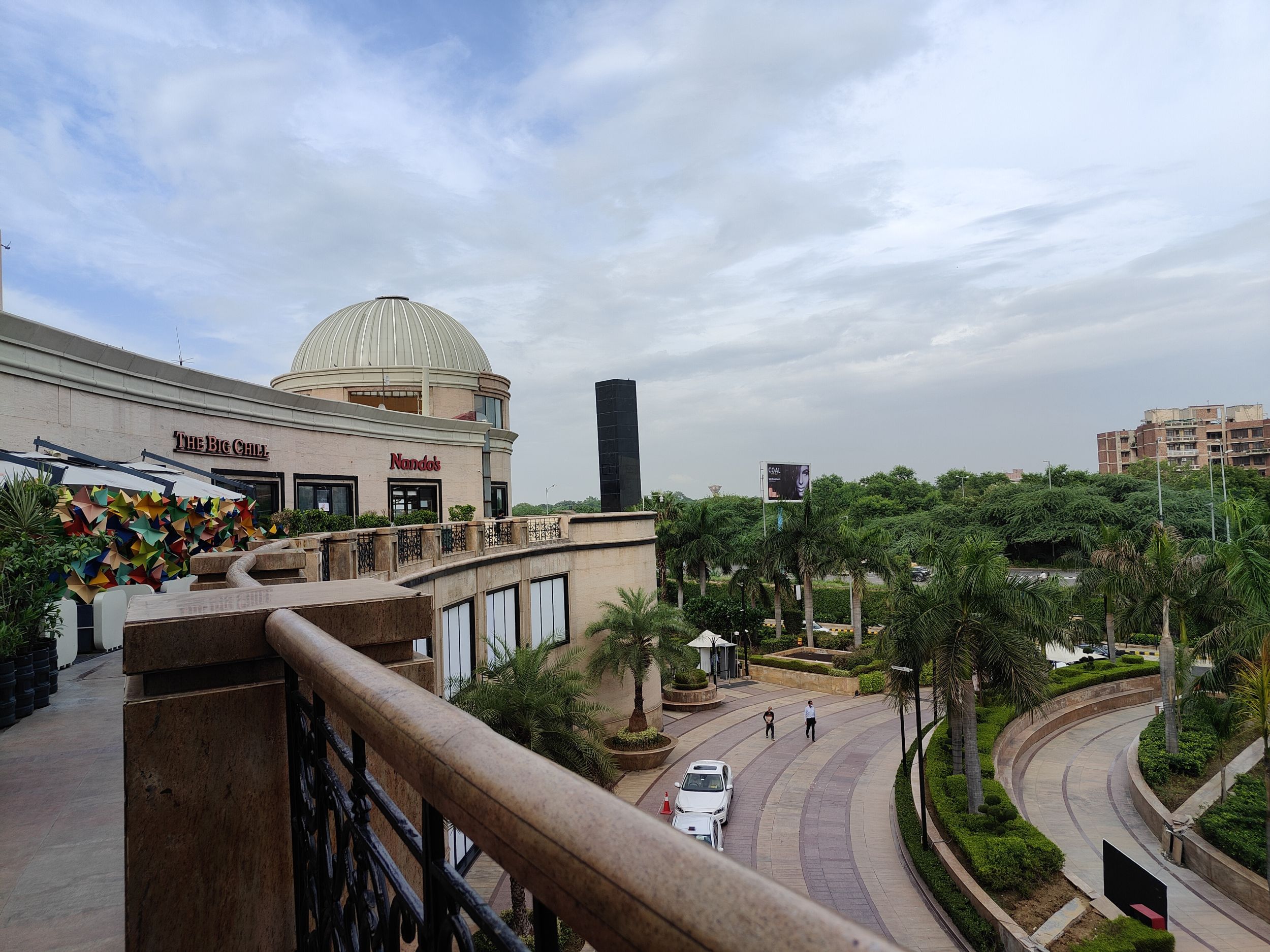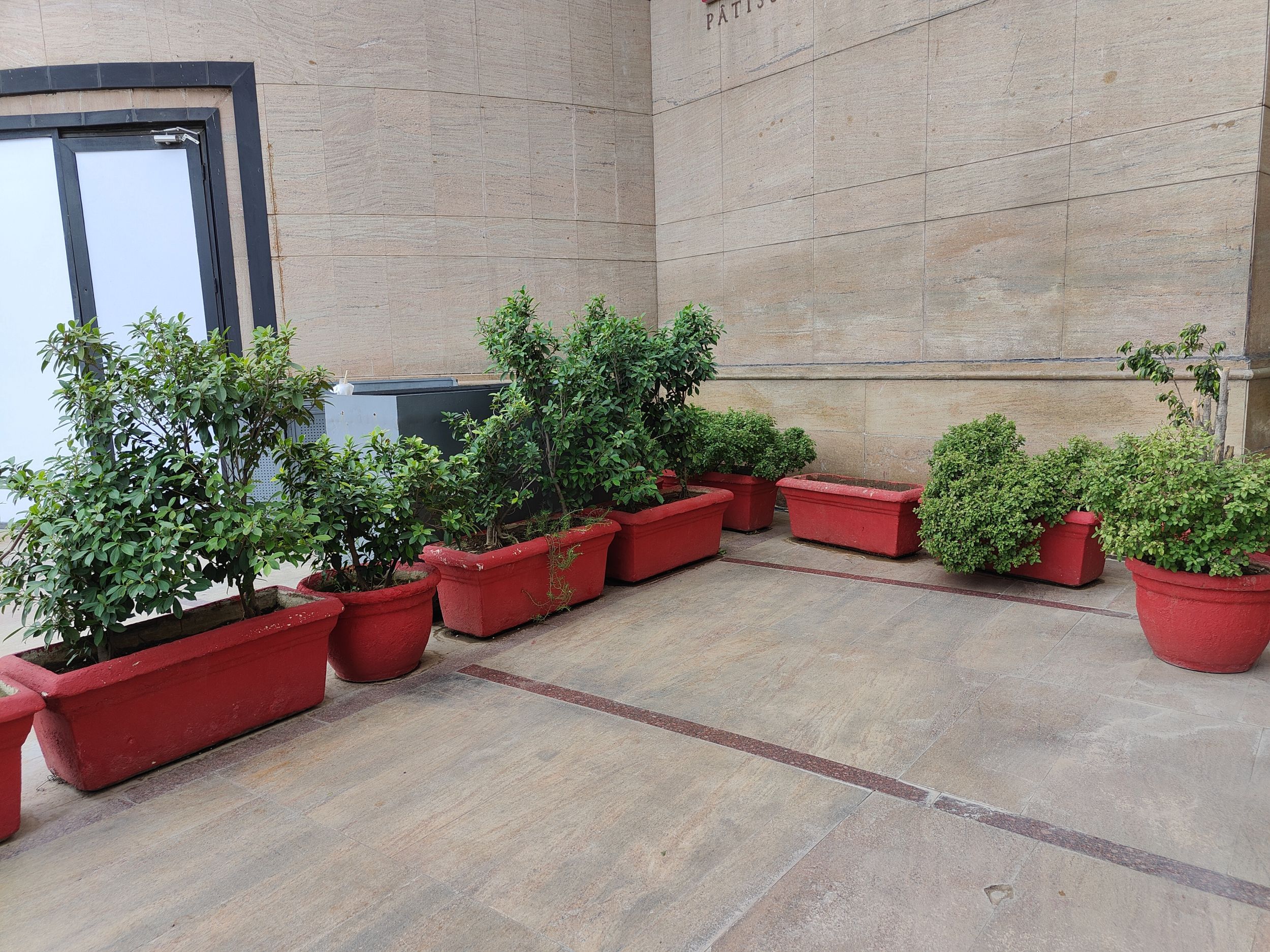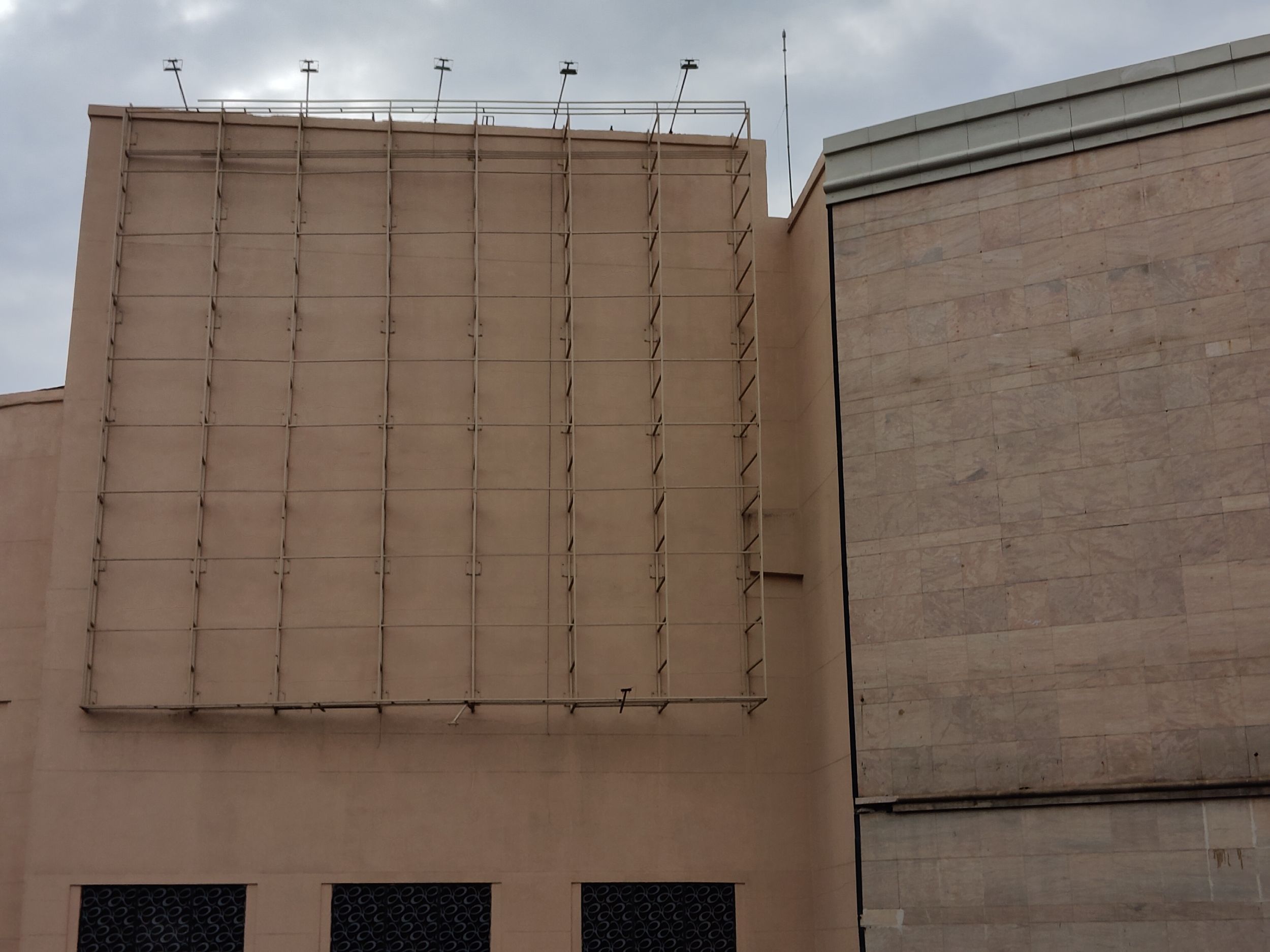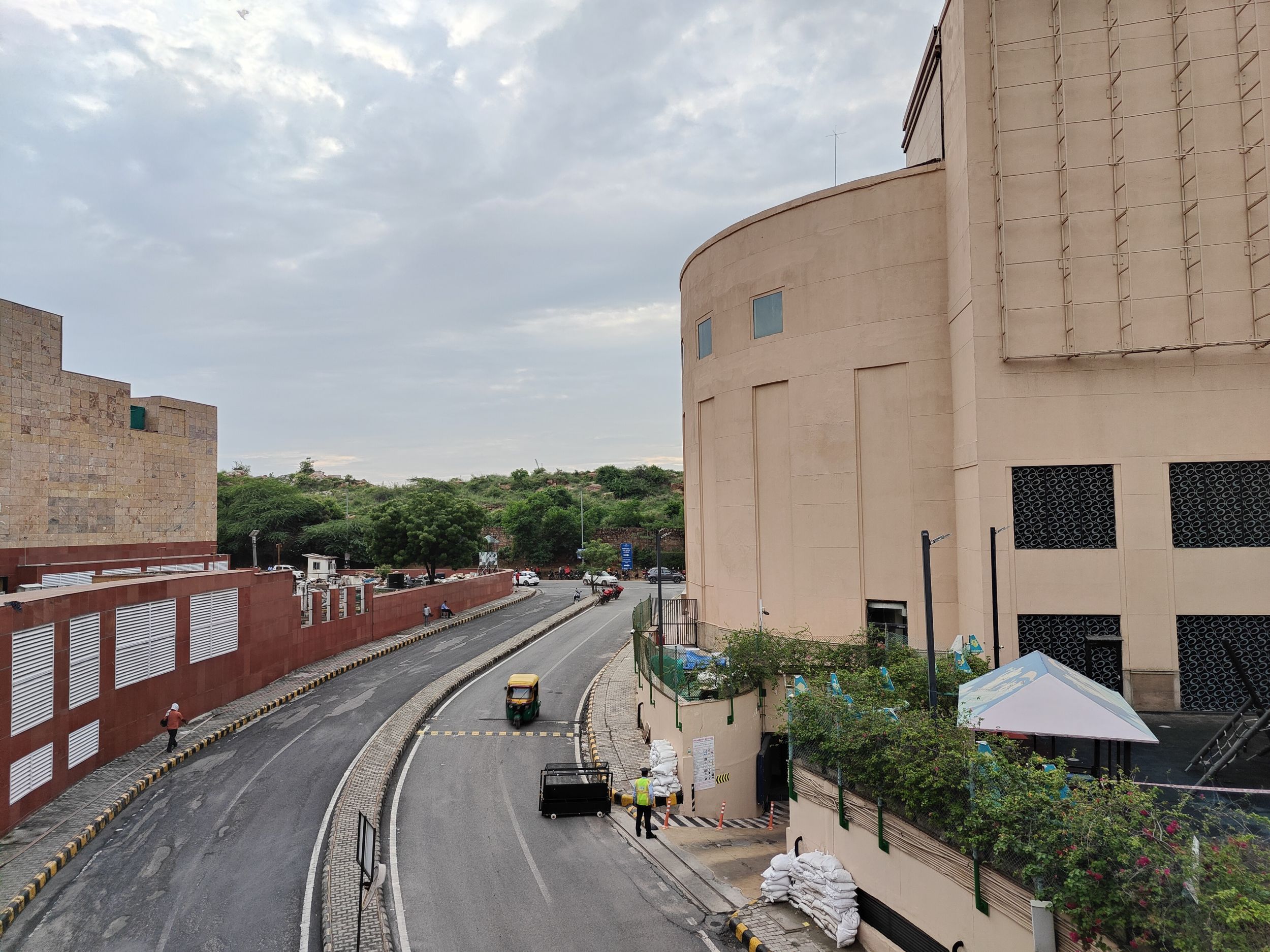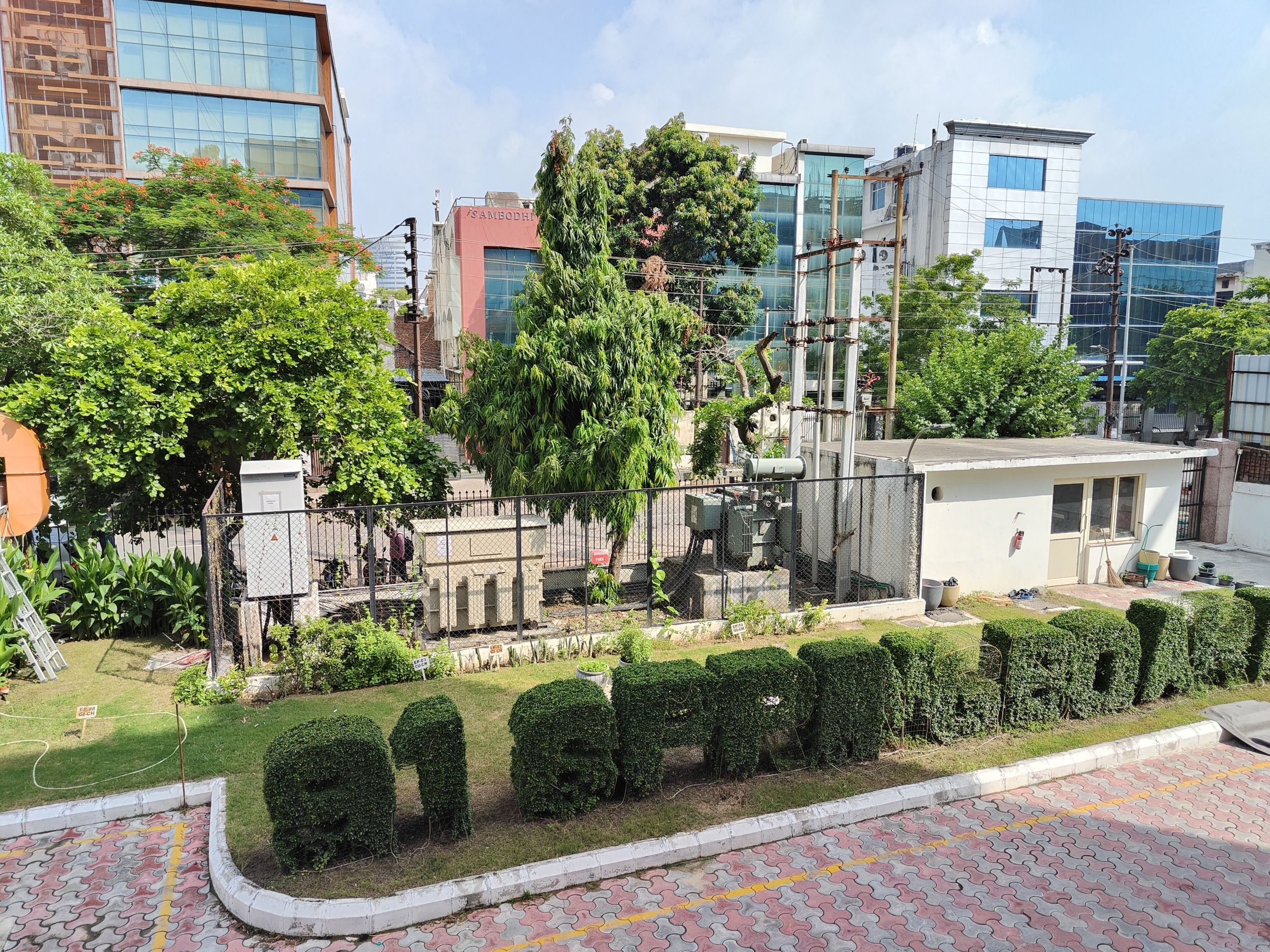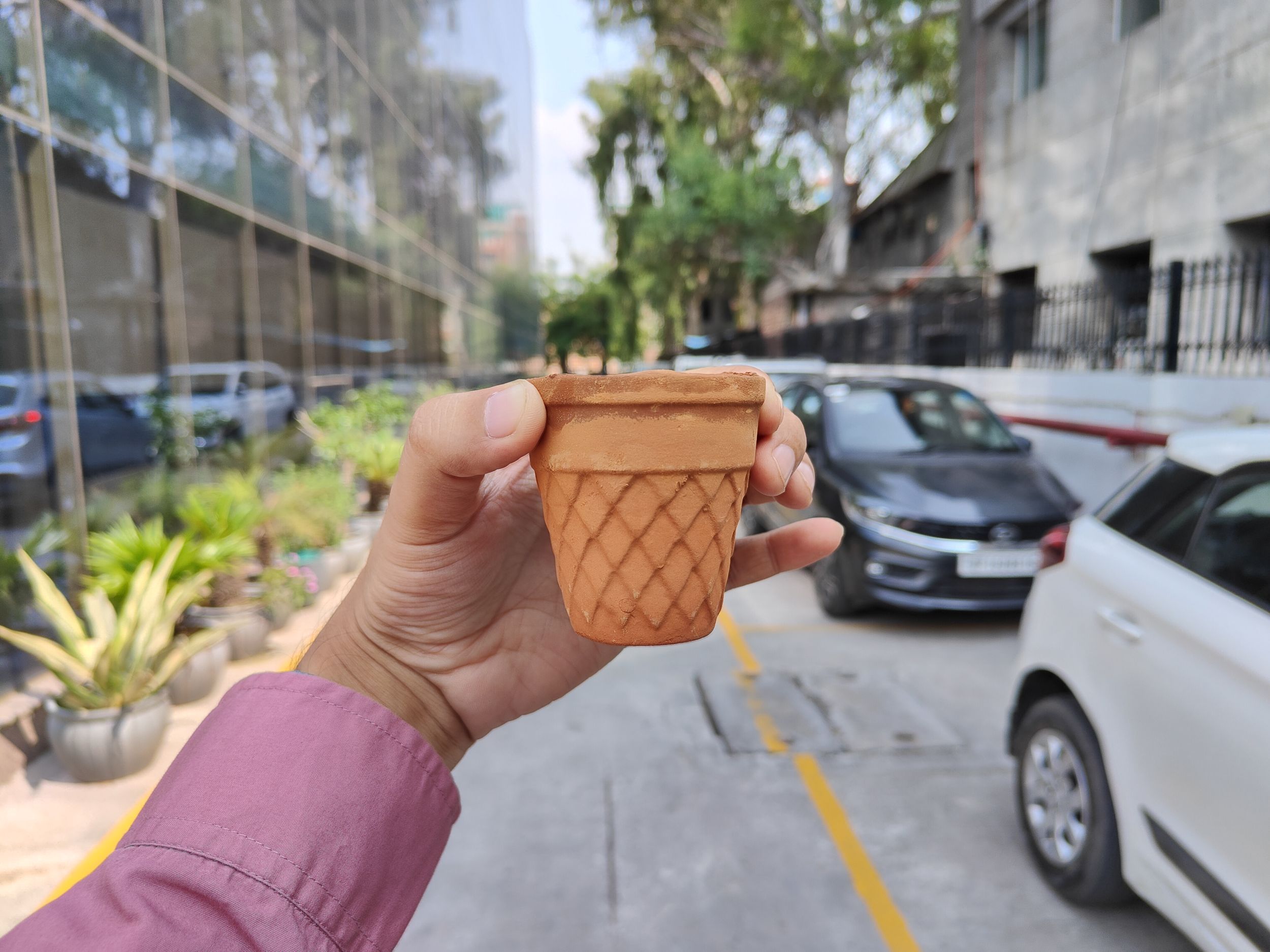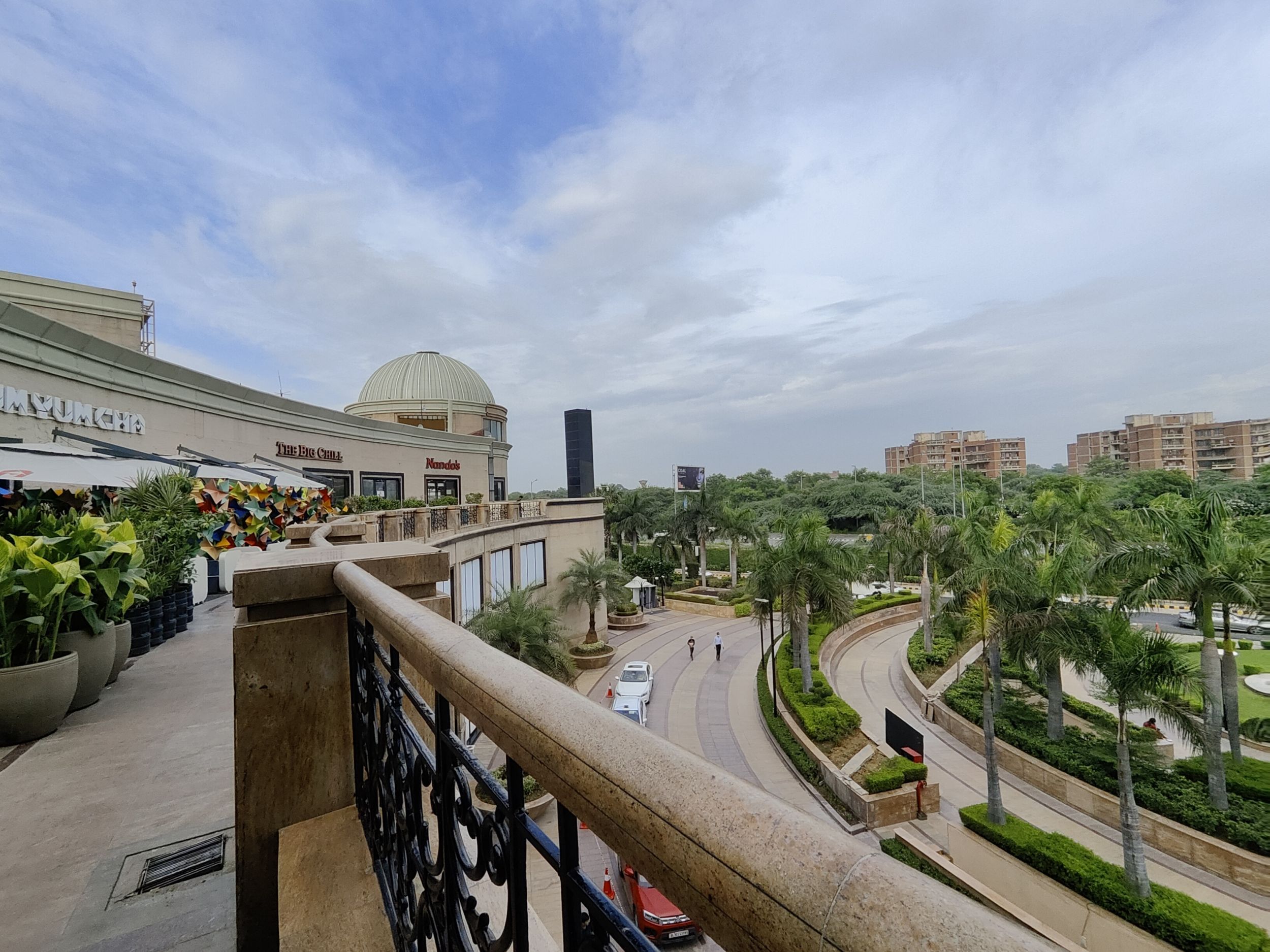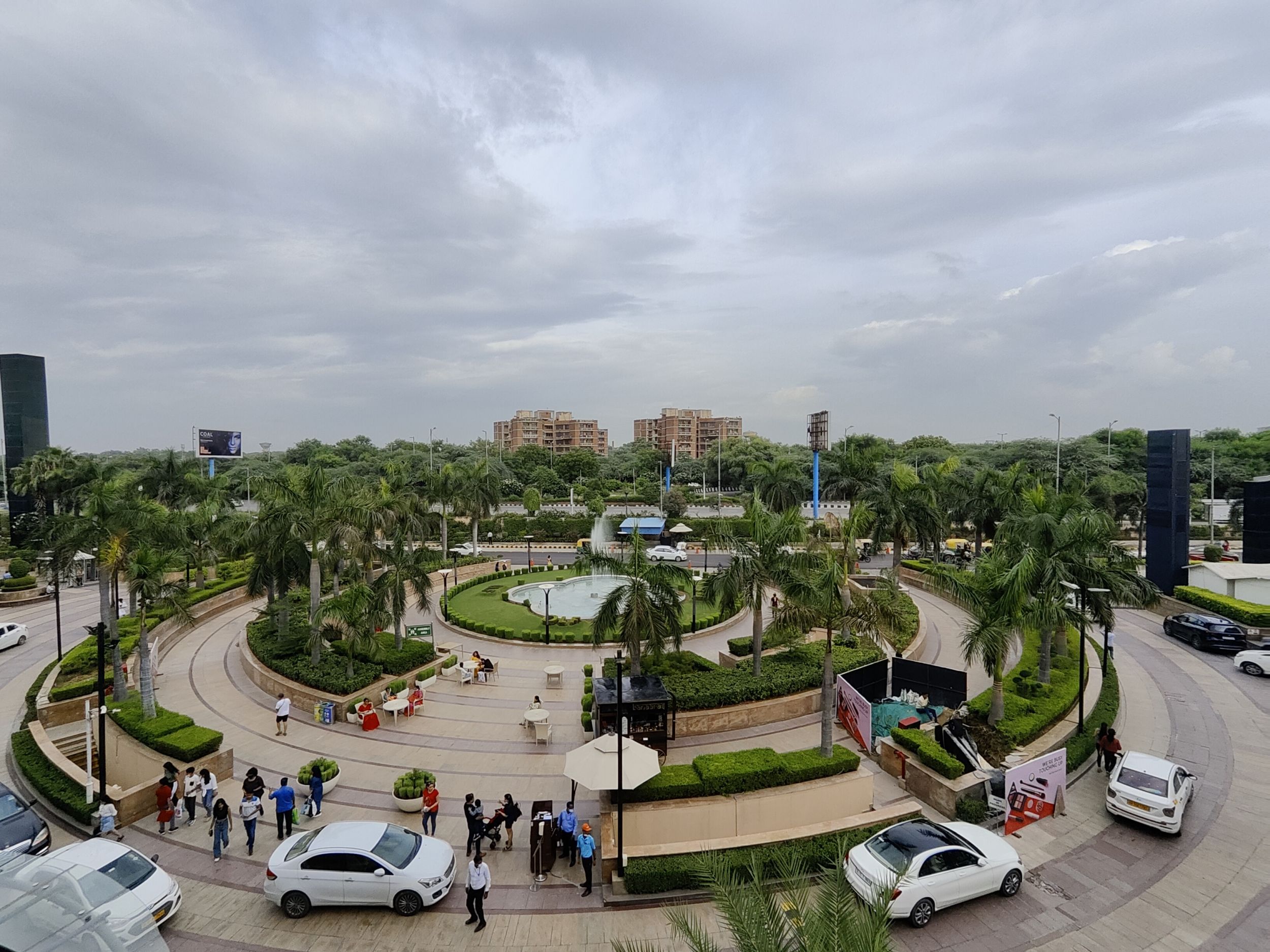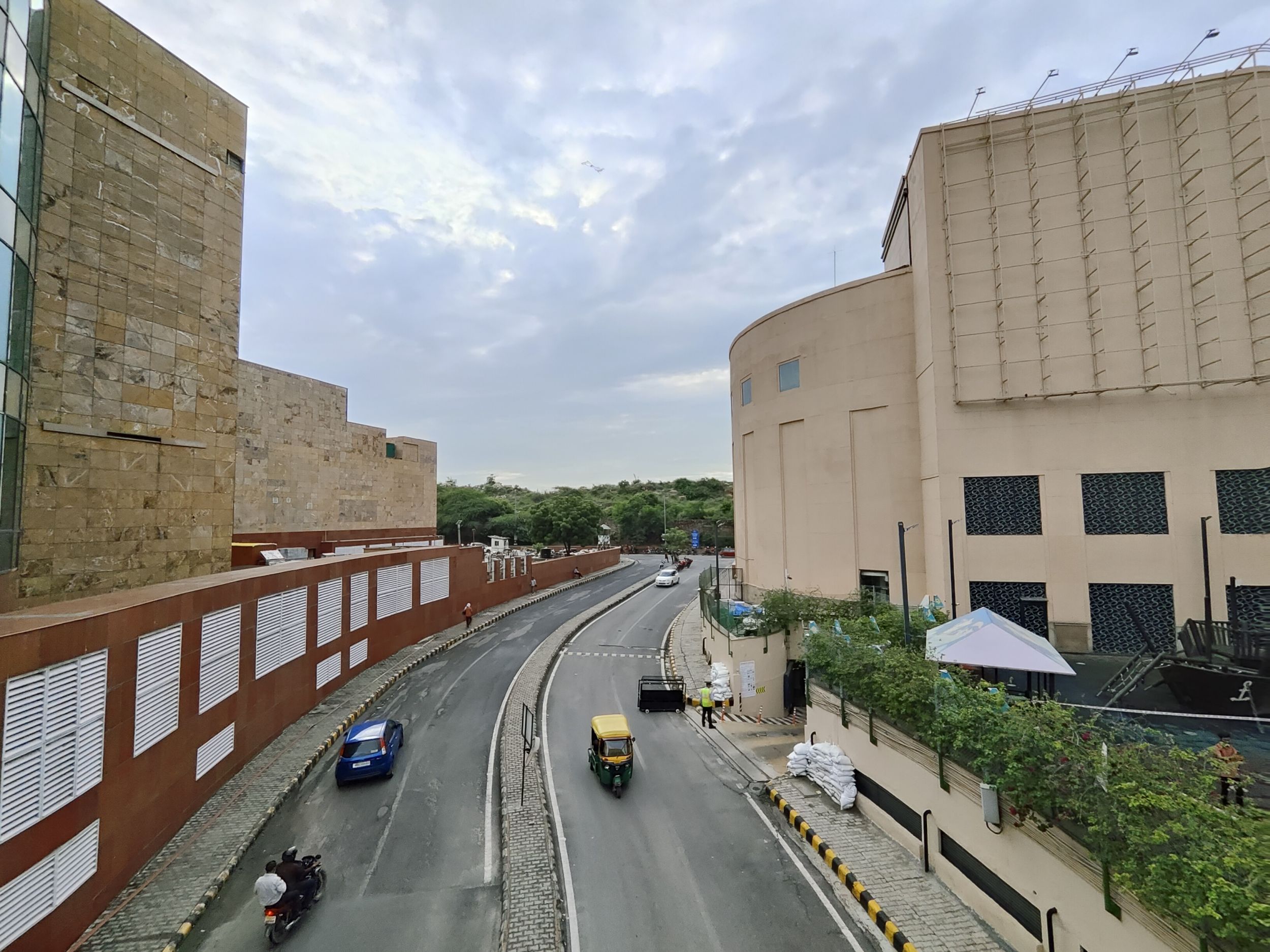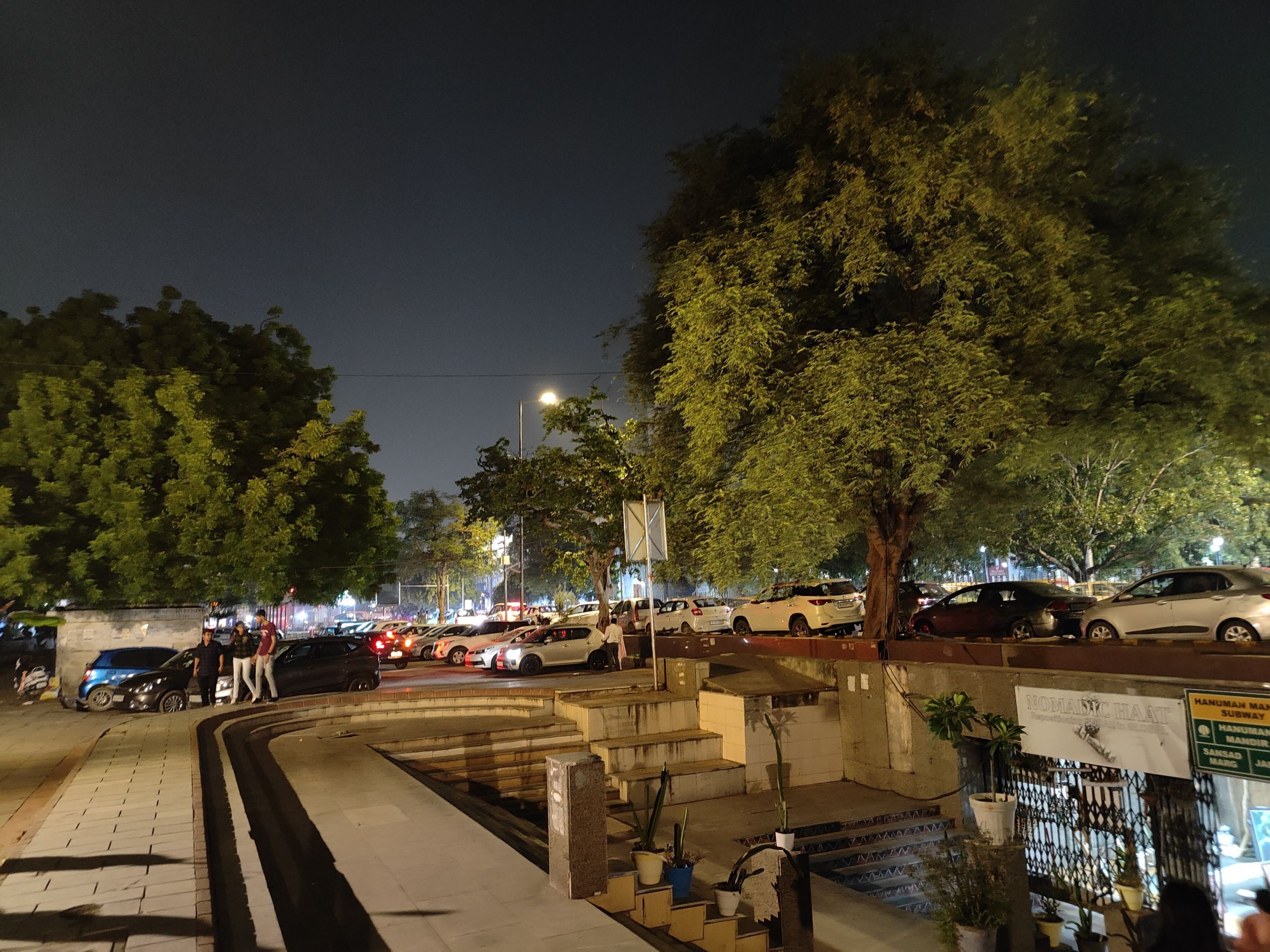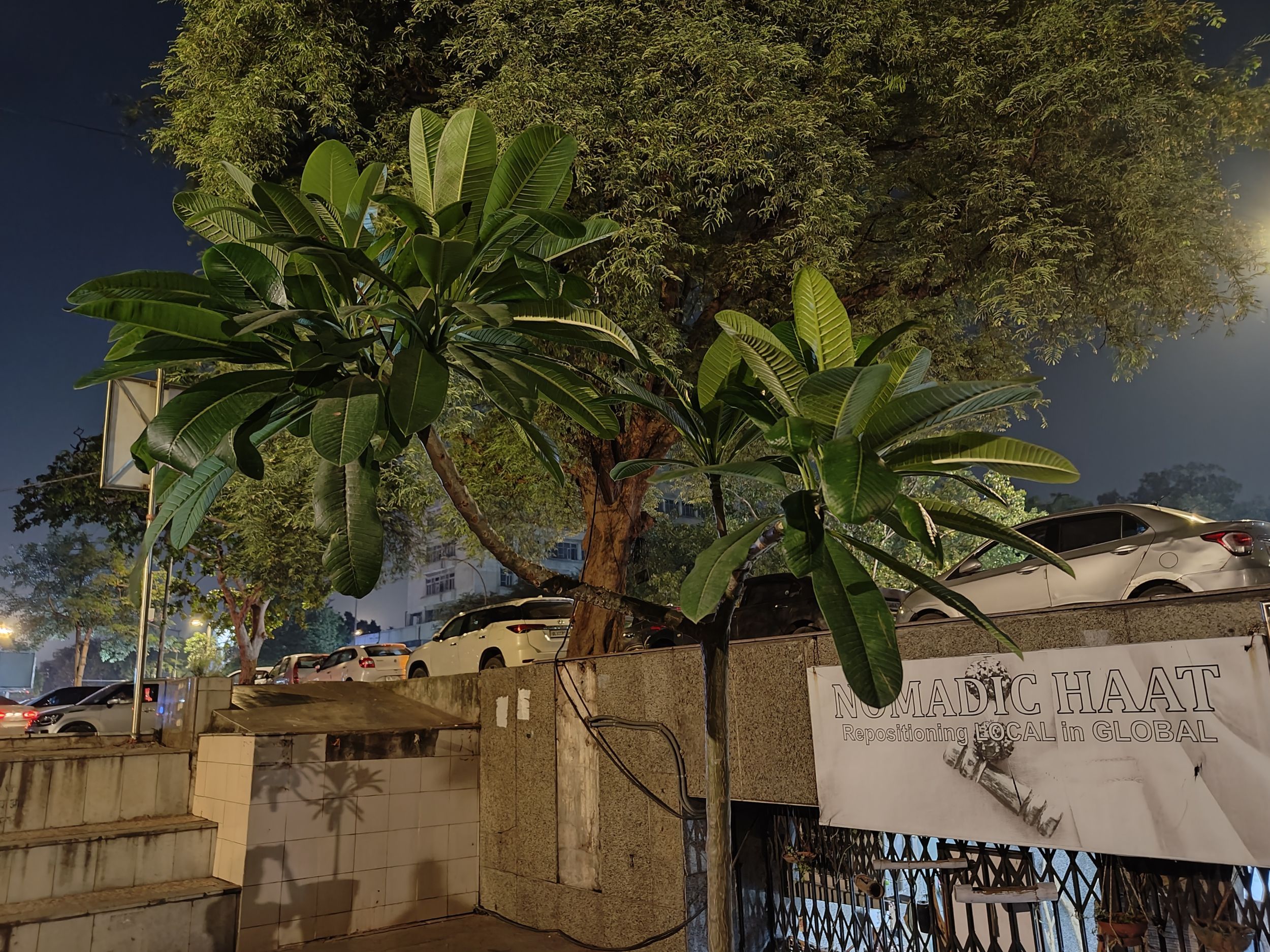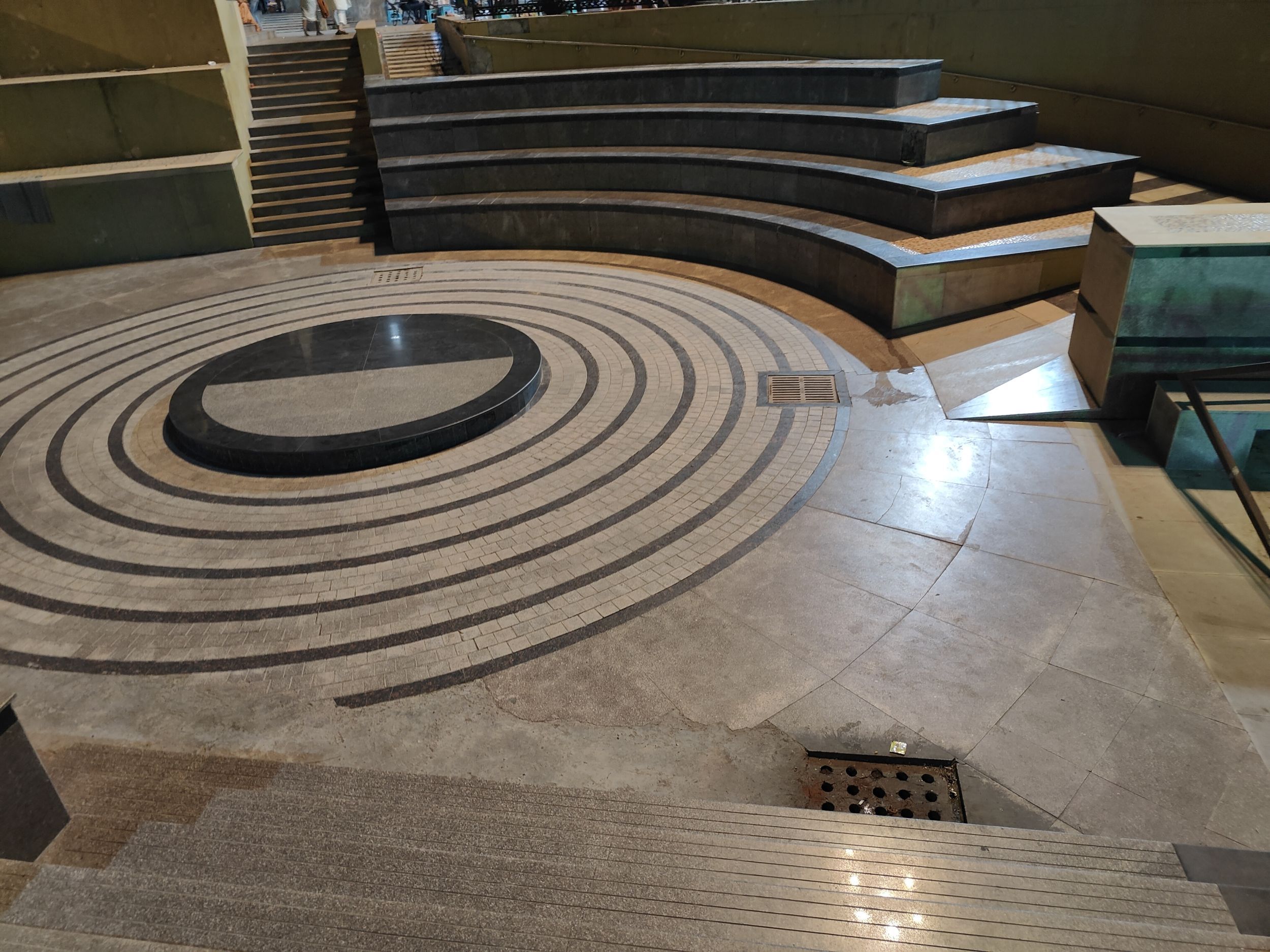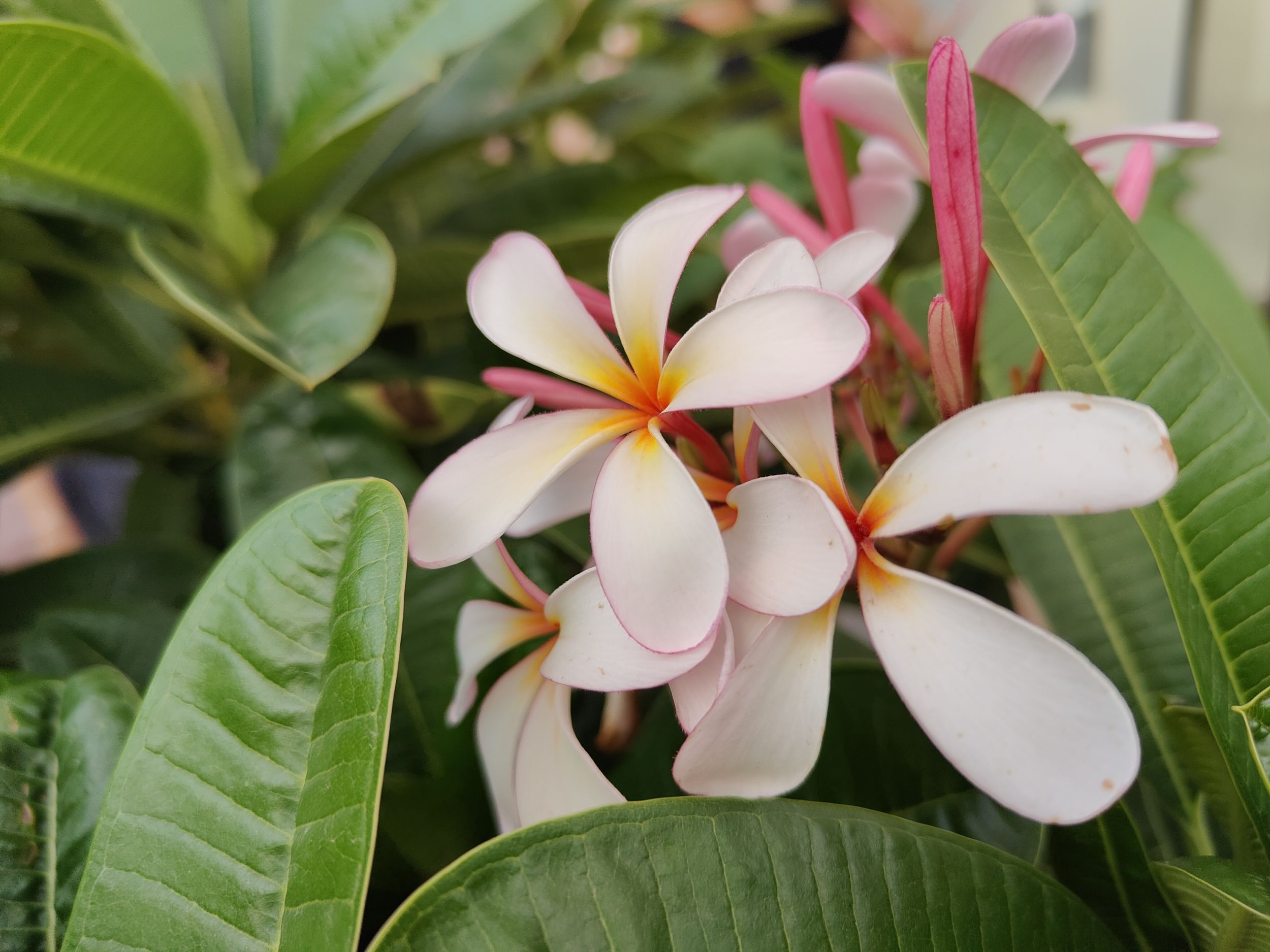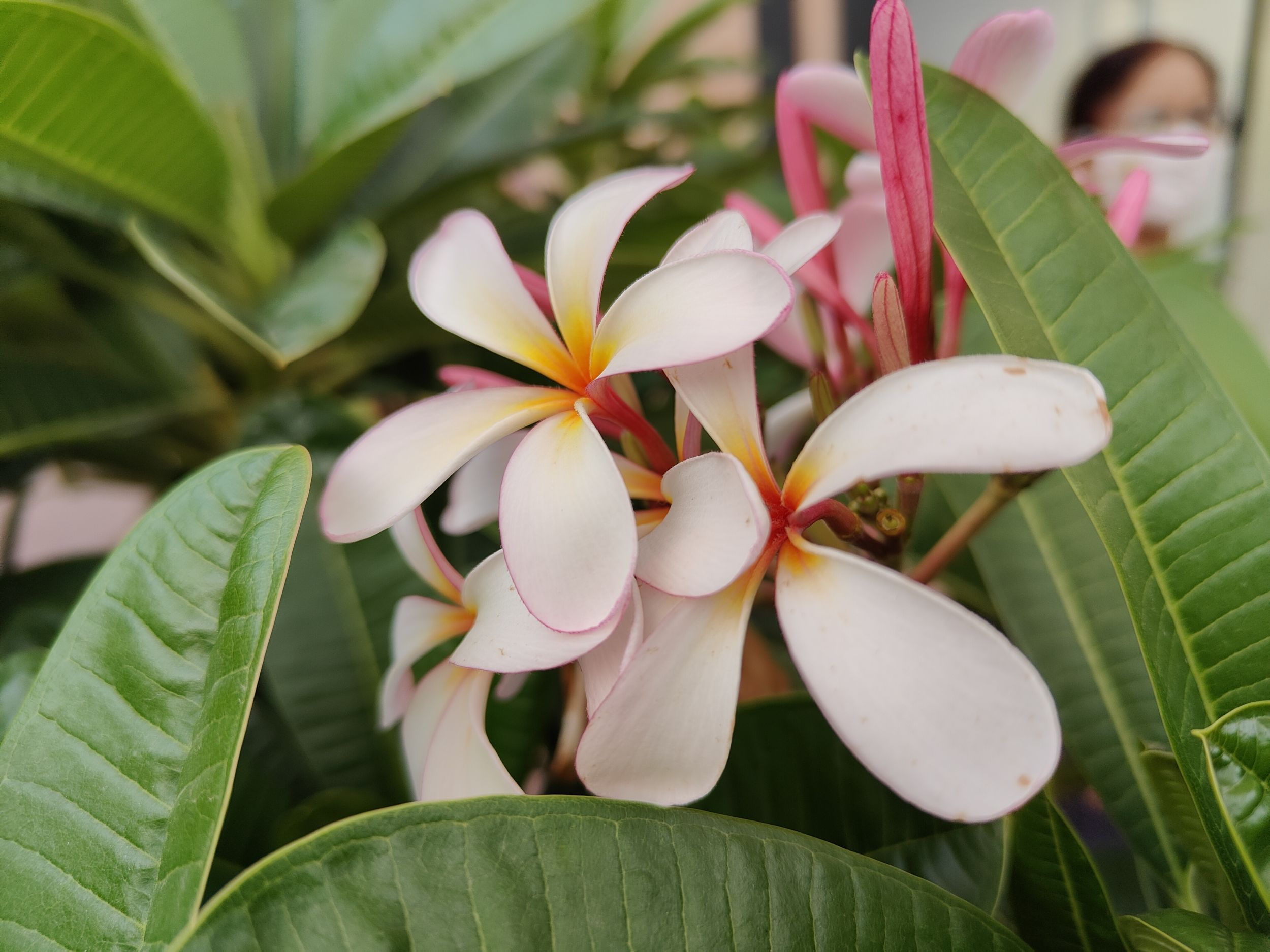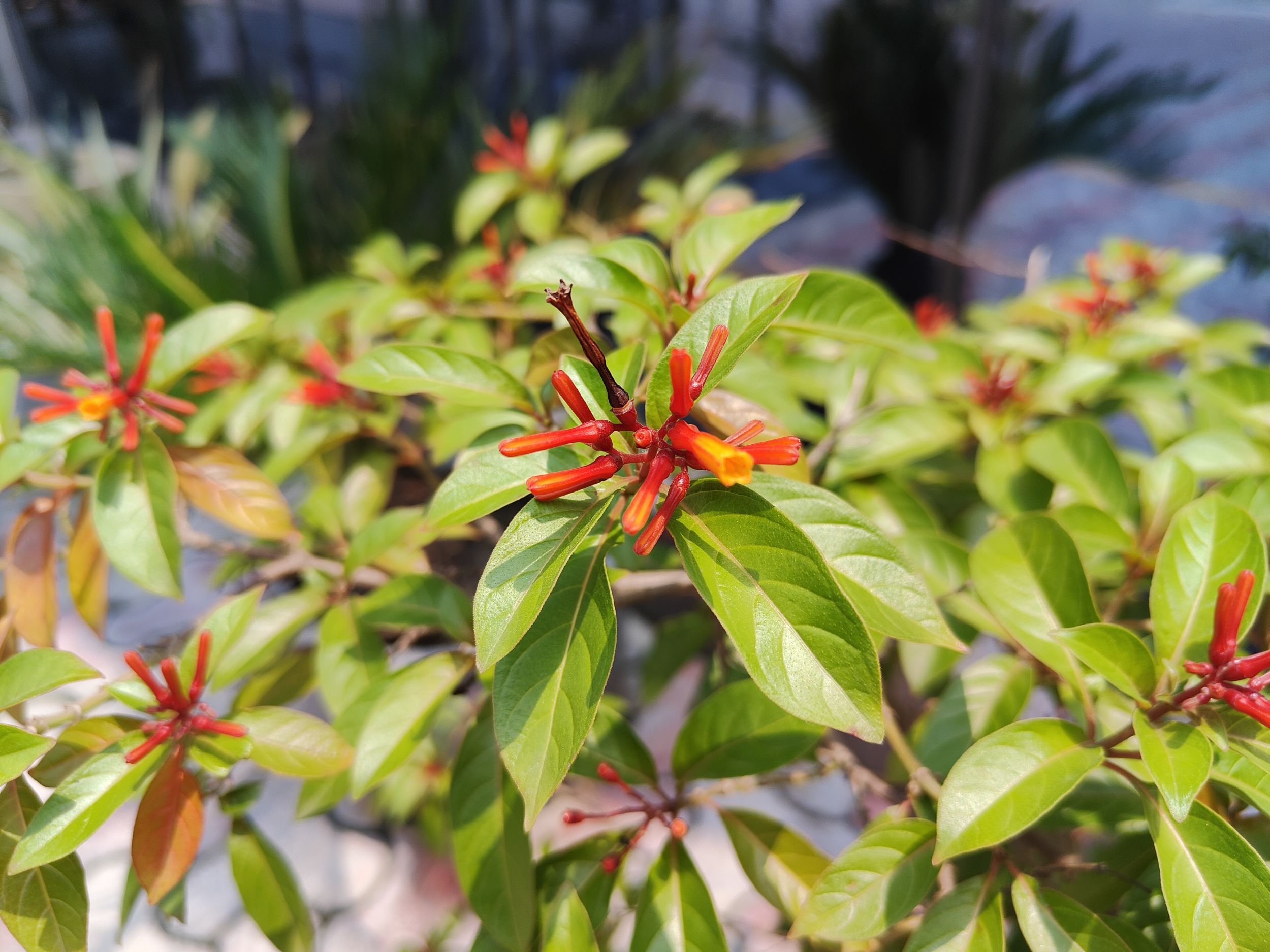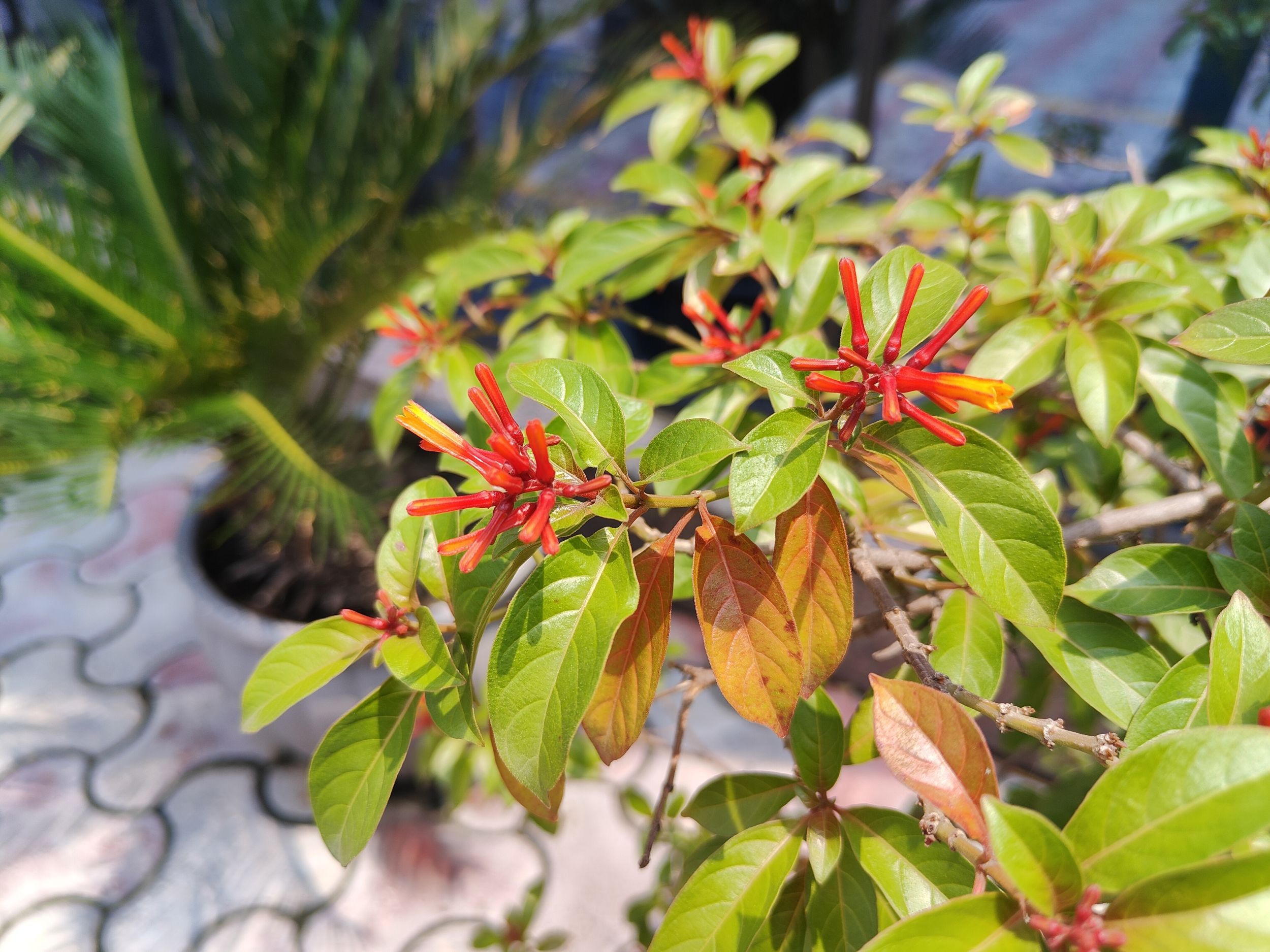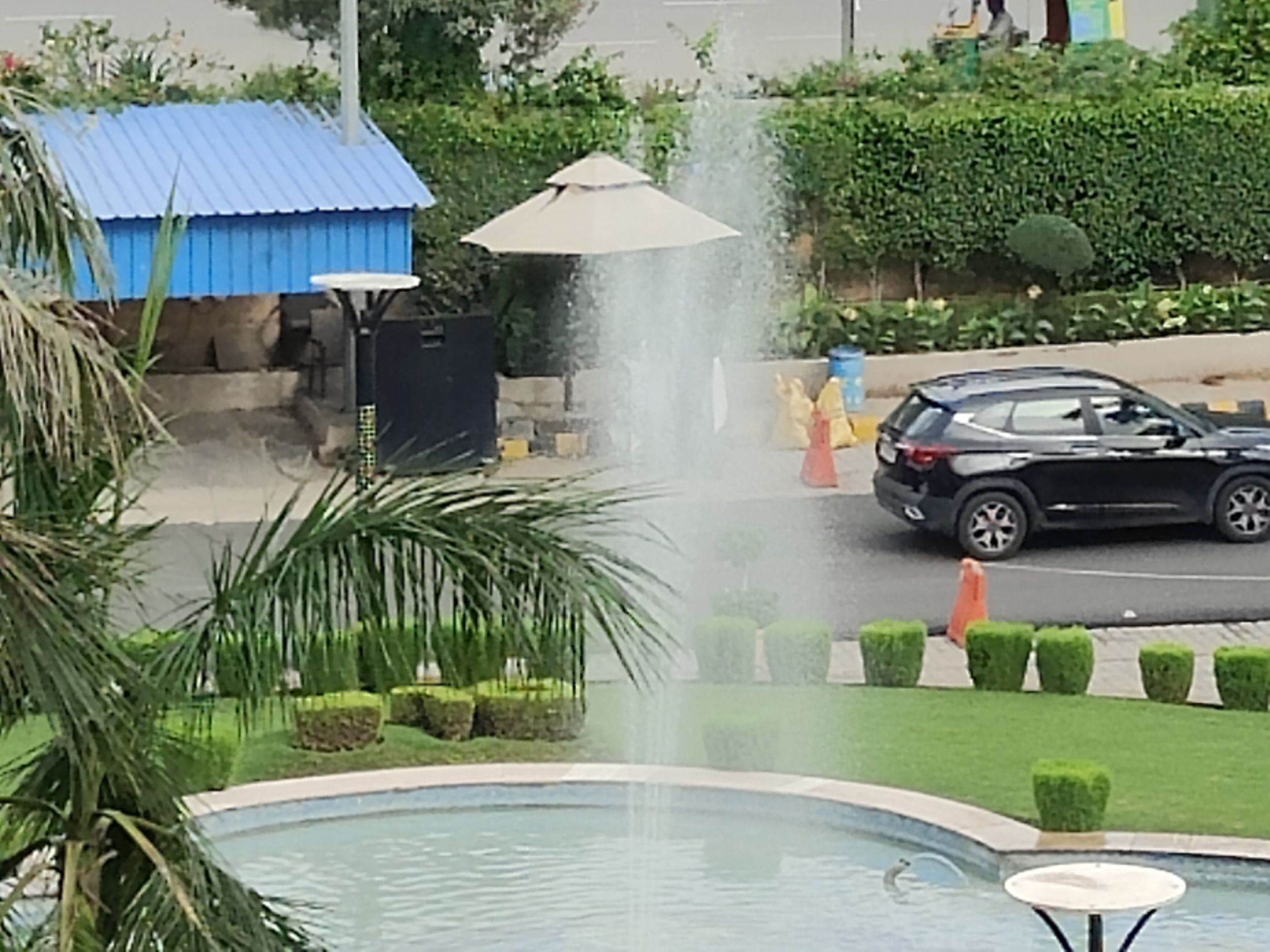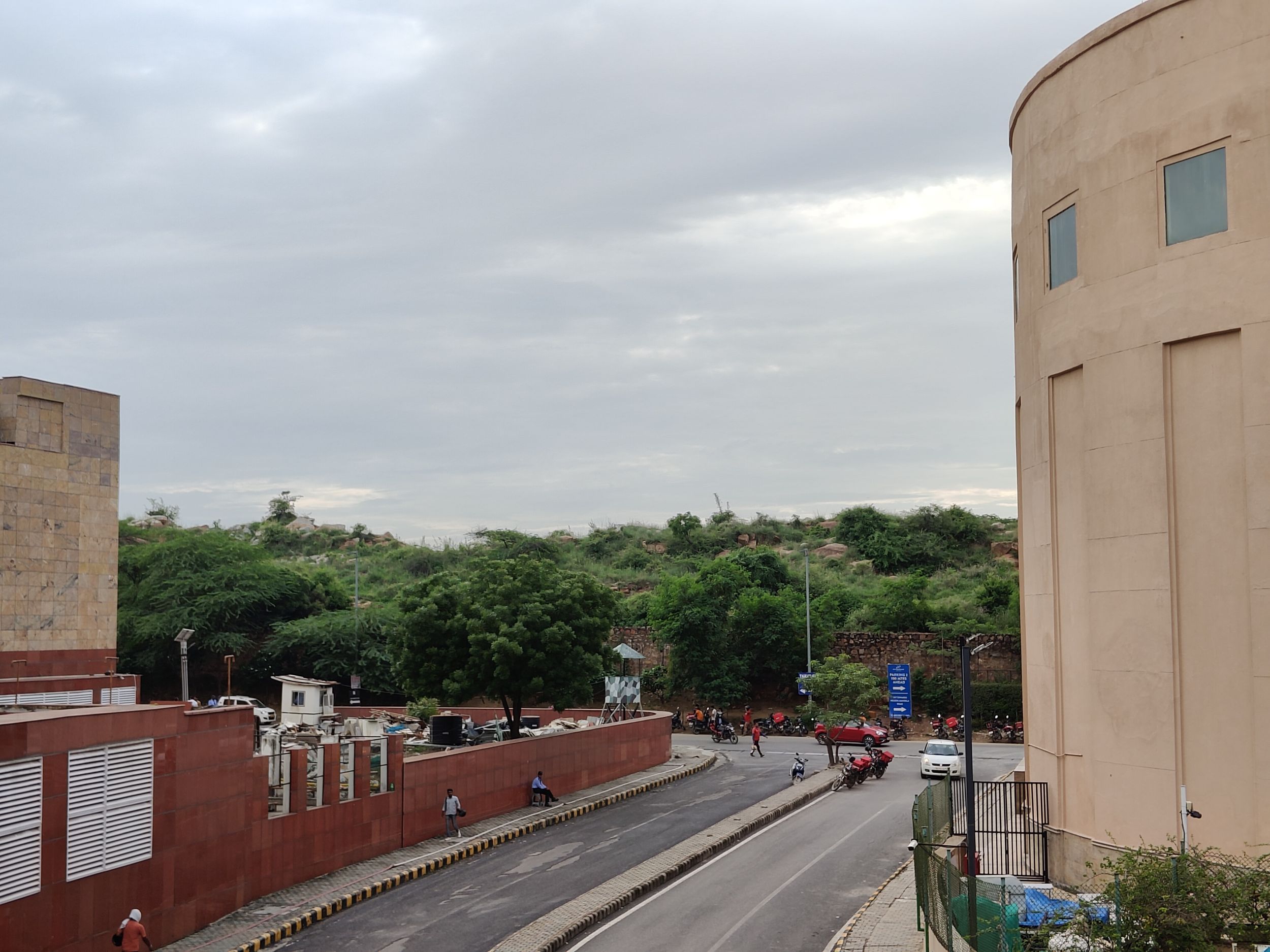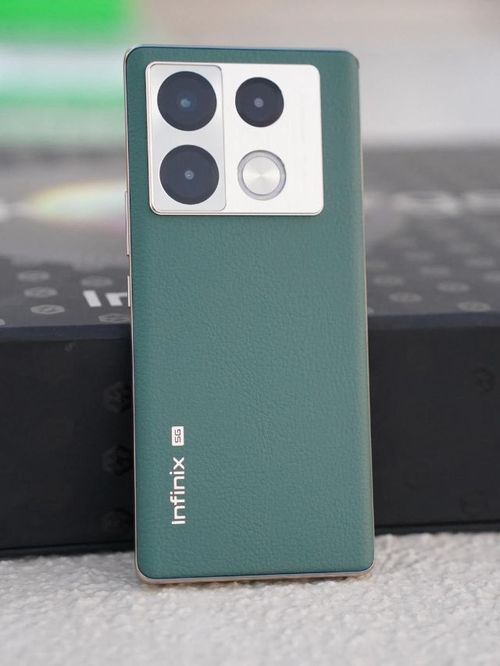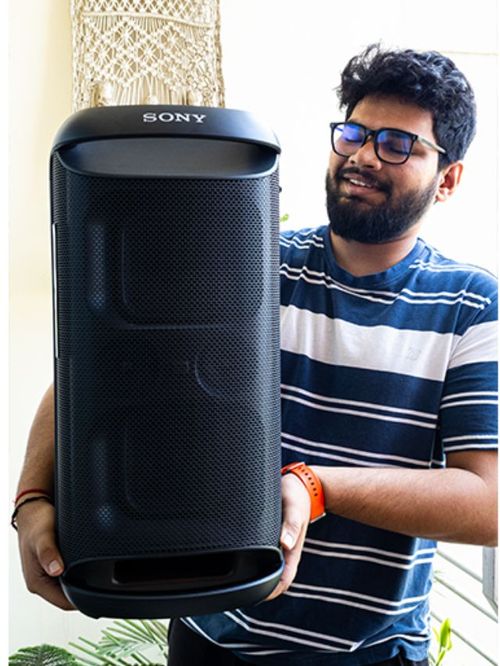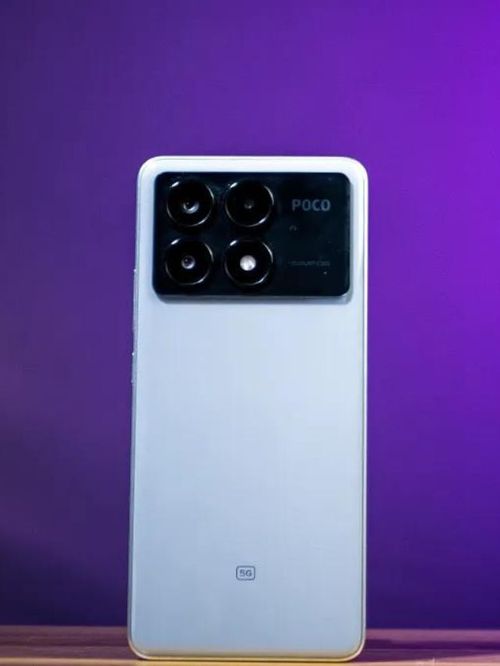
OnePlus 10T, the first T-series phone from the house of OnePlus since 2020, has a lot riding on it. This is the third in the numbered series this year after the OnePlus 10 Pro and OnePlus 10R. The best part is that the OnePlus 10T feels like a result of a cross of the OnePlus 10 Pro and the OnePlus 10R, as it gets some highlight features and elements from both devices. For example, while it receives a familiar design like the 10 Pro, there’s also the 150W SUPERVOOC fast charging support we first saw on the 10R.
Talking about the market, a recent Counterpoint Research report said that OnePlus was the third top premium smartphone brand in Q2 2022 in the price segment above Rs 30,000 in India. And, OnePlus will most likely want to build on its success in the premium smartphone category with the OnePlus 10T.
On paper, the OnePlus 10T feels like the Android flagship device you can put your money on in the second half of 2022. We spent a week with the OnePlus 10T, and here’s why we think it’s an excellent upgrade for OnePlus fans still using the OnePlus 8 and earlier devices or even for someone planning to get their hands on their first OnePlus.
OnePlus 10T Review: Familiar design, solid display
Since the OnePlus 3 T’s launch in 2016, the T-series phones have had their fair share of popularity, and in our opinion, the OnePlus 7T has been the peak in T-series devices from the company.
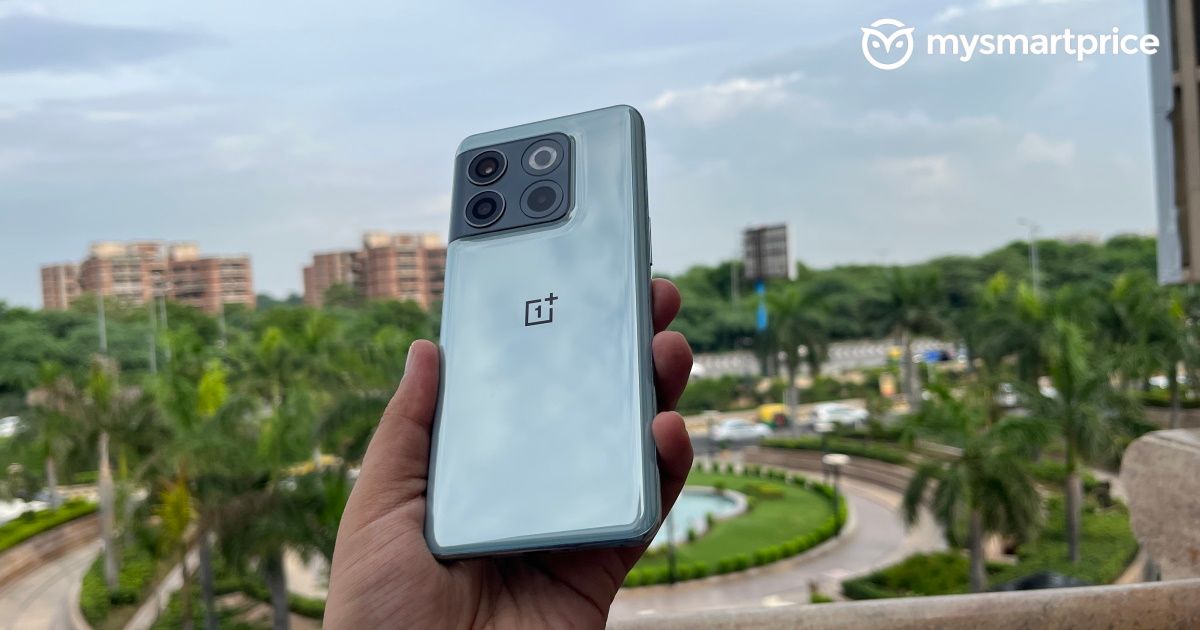
Fast forward to 2022, the OnePlus 10T packs the best features of this year’s OnePlus devices and brings more for enthusiasts. Starting with the design, the moment we unboxed the phone, we saw the familiar 10 Pro design minus the Hasselblad camera branding at the back. A premium design mixed with a solid hand feel gave excellent first impressions. However, when we looked closely, there are some massive differences between the Pro and the new 10T model.
The back panel of the 10T has Corning Gorilla Glass 5 cover, which is an excellent move by the brand to add sturdiness. However, the first big difference between the 10T and 10 Pro is the lack of a curved display and LTPO panel. Instead, this design reminded us of the OnePlus 9 from last year, at least from the front, thanks to flat edge design.
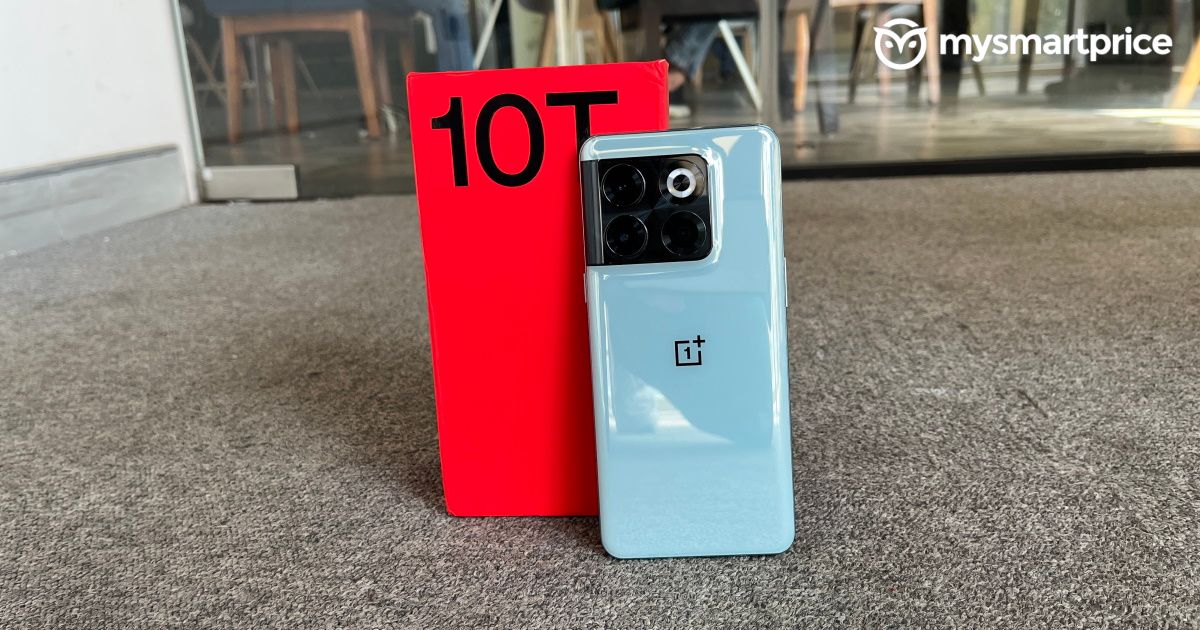
The OnePlus 10T has been launched in Moonstone Black and Jade Green colours. We got the latter for the review, and it looks elegant. However, we feel the Black colourway would feel more polished and better than the Green option.
The Jade Green 10T offers a more ceramic-like finish that definitely looks and feels premium. But there’s one problem that it brings, and it’s smudges. The OnePlus 10T has a back panel that picks up smudges too easily. If you have sweaty hands, then plan to get a rear case. The Moonstone Black, on the other hand, has a flickering sand effect that shines differently. Since we didn’t get our hands on the Black unit, it’s hard to say whether it’s better than the Green colourway.

The second big difference is the selfie camera placement. While the 10 Pro came with the selfie camera placed on the top left of the display, the 10T, on the other hand, has it in the centre. The speakerphone at the front has been integrated into the top bezel and completely blends into the frame.
When turning to the back panel, the missing Hasselblad branding is another big difference between the 10T and Pro models. But apart from the branding, the LED placement on the 10T is done on the top right enclosure, unlike the Pro model that has LED placement on the fourth enclosure. To be honest, the massive camera housing the 10 Pro and 10T takes some time to get used to.
Soon after unboxing the 10T, we noticed that it misses one of the biggest key elements that has been part of the OnePlus identity since the beginning – the alert slider. At least on the numbered series, OnePlus maintained the alert slider, though the 10T has ditched it. The company claims that the removal has reasoning but in our opinion that makes OnePlus 10T look like a regular smartphone in its price.
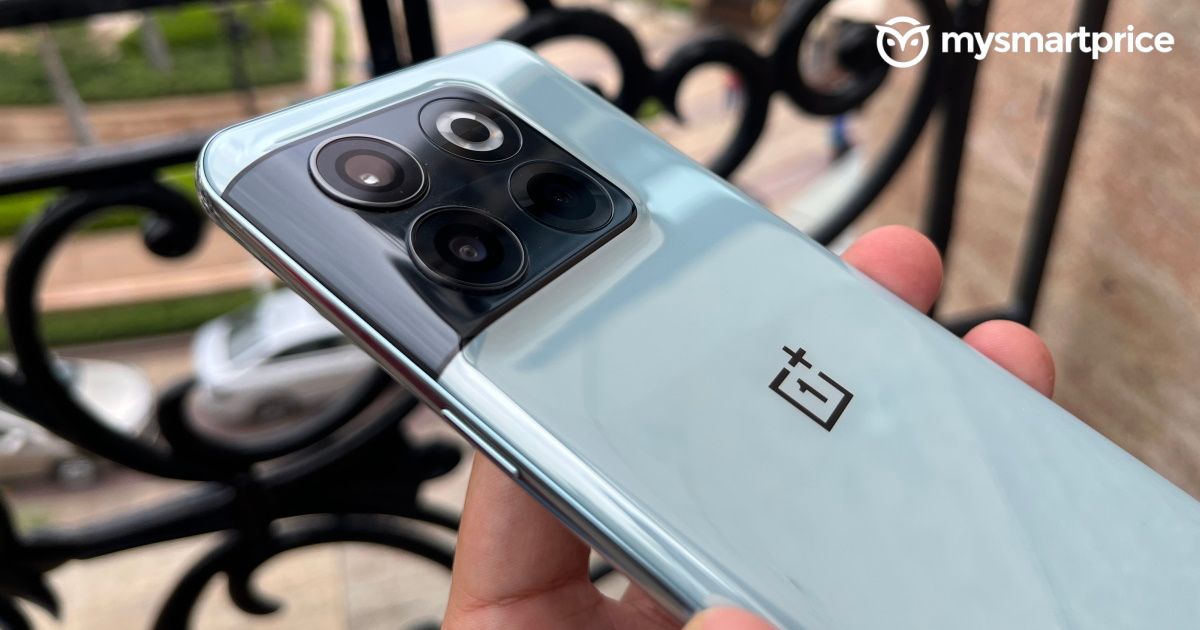
At 8.75mm and almost 204 grams, the OnePlus 10T isn’t among the slimmest or lightest device around in the Indian market. But, we have to add here that the weight distribution on the 10T is balanced.
The good thing about the design is that OnePlus has reduced the protruding camera lens at the back, which means no wobble while you touch the screen on the 10T on a flat surface. There’s the OnePlus logo in the middle of the back. The physical button placements are also decent, and all buttons are easily reachable even when using the 10T with just one hand.
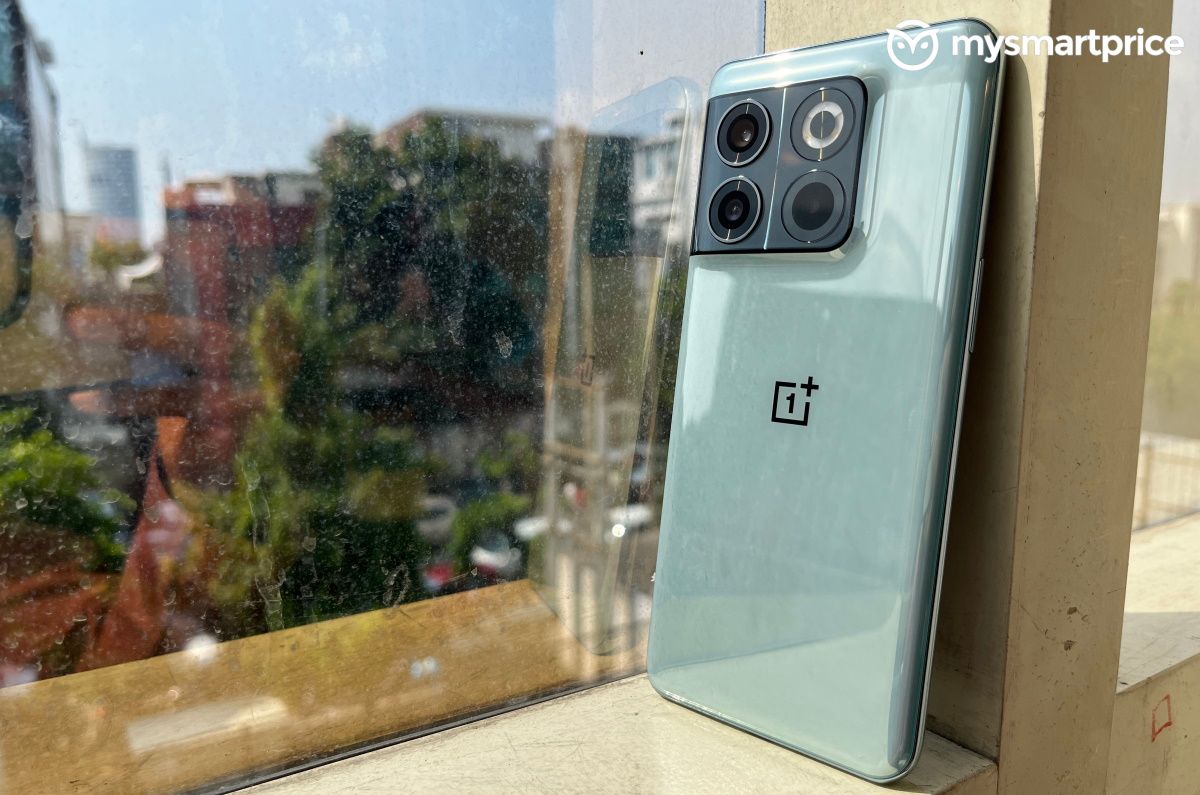
Overall, the OnePlus 10T is a solid device with no compromise on the design front. However, we wish that Jade Green wasn’t this slippery. If you have kept the phone on a slightly tilted surface with the display facing upwards, then the phone will slide away. For those who have sweaty hands, get ready to put a case on the 10T.
Coming to the display on the 10T. The OnePlus 10T packs a solid display. It’s bright, crisp, has excellent detail reproduction, and shows sharp texts. The 6.7-inch Full-HD+ AMOLED display with a 120Hz adaptive refresh rate that shifts between 60, 90 and 120Hz depending on the content on display. The handset can touch 950 nits of peak brightness, which is impressive. However, we loved the display on the 10 Pro more so the 10T can sit between the 10 Pro and 10R in terms of display quality.
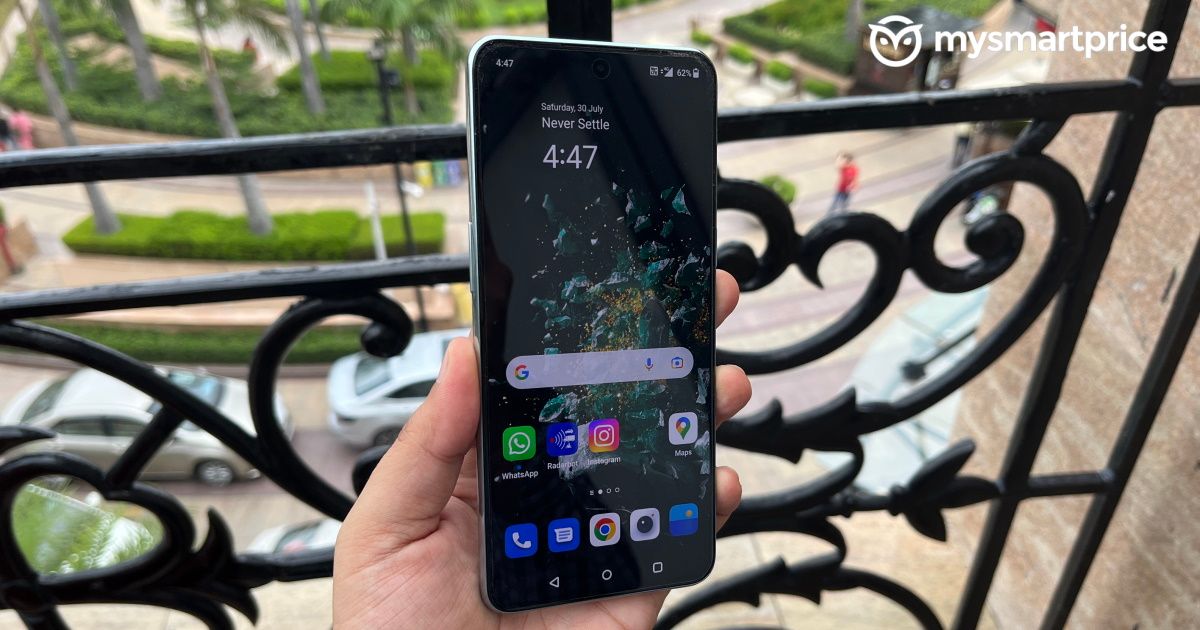
For protection, OnePlus has used Corning Gorilla Glass 5, which we believe is a decision to cut some costs as Victus would have been costlier. But never mind, it does the job. In addition, the OnePlus 10T is an HDR10+ certified display which means you get amazing colours and contrast that enhance every image, video or gaming experience.
Talking purely about the experience, we have seen a better display in this price segment but that doesn’t make 10T display bad in any way. Whether watching videos, playing games or typing, the 10T display perfectly complements that.
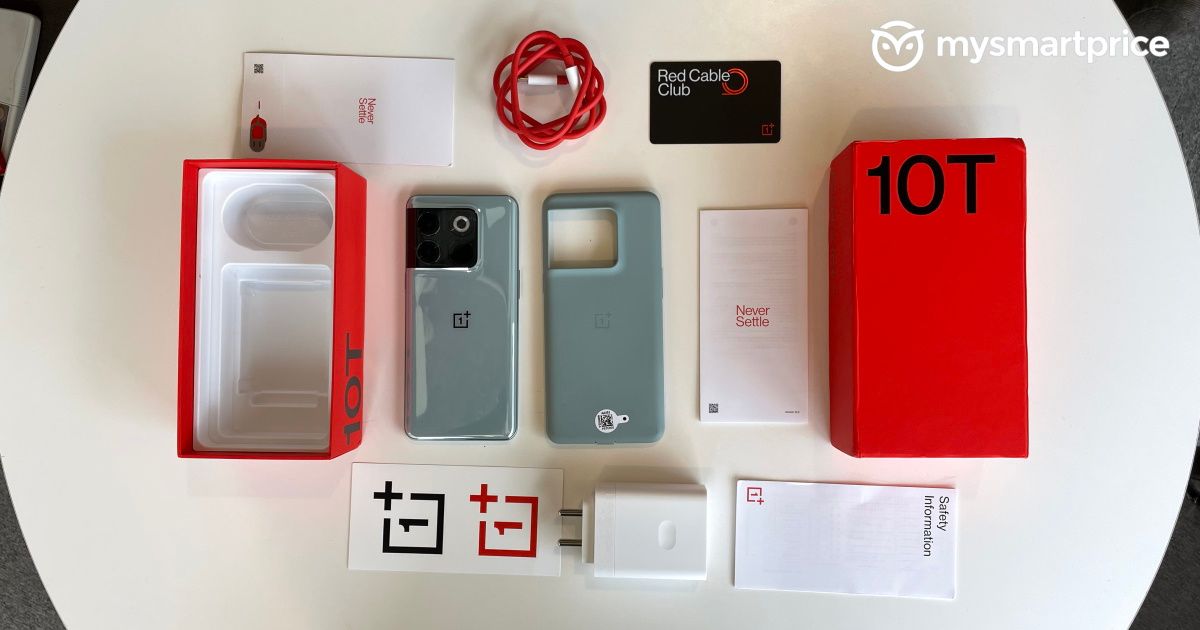
OnePlus 10T Review: Top-notch performance as expected
The OnePlus 10T is powered by the all-new Qualcomm Snapdragon 8+ Gen 1 Mobile Platform that can offer up to 3.2GHz peak CPU speeds. The new OnePlus smartphone is also among a handful of devices that ship with up to 16GB of LPDDR5 RAM. We got the 12GB RAM and 256GB storage variant.
In terms of pure performance, the OnePlus 10T is an absolute beast and handles almost all types of tasks without any hassle. From multitasking and multimedia consumption to gaming, we had a great time using the OnePlus 10T. The phone restarts in less than 15 seconds and app launches are quick. The 120Hz refresh rate makes simple swipes on the home screen feel quick. But, of course, the department where the phone outshines some of the other rivals in its price segment is gaming.
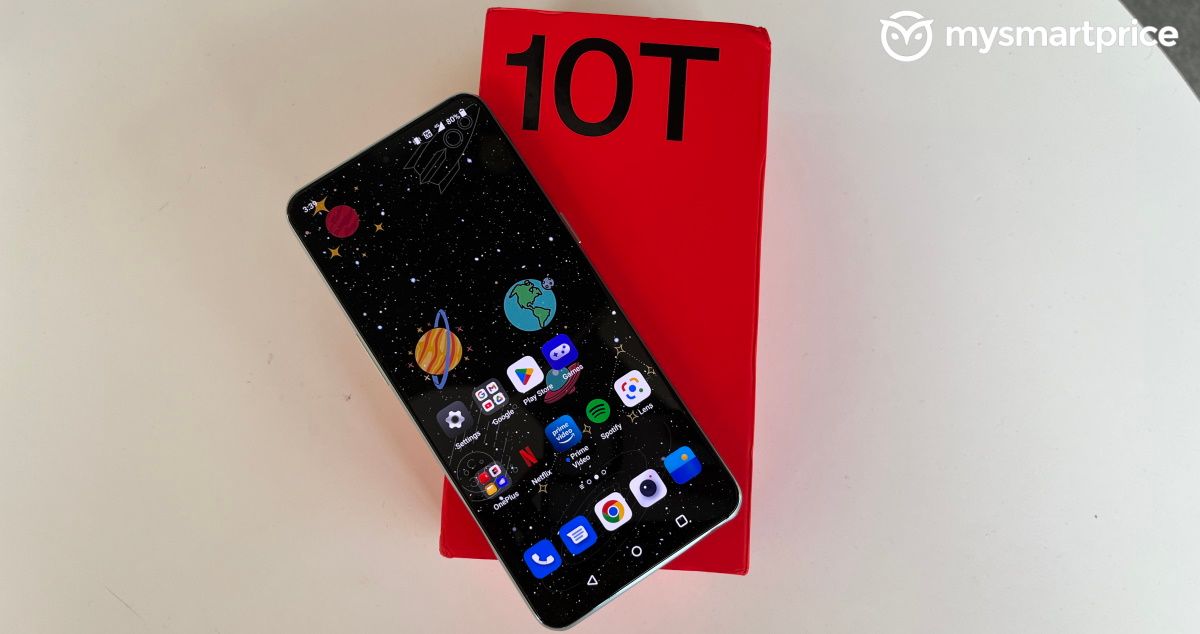
We had an absolute blast while gaming (not literally!). OnePlus has packed in its largest 3D Cooling System, and we could experience the difference when compared to the OnePlus 10 Pro and OnePlus 10R while gaming. The 10T has an improved heat dissipation setup. It gets warm while gaming but also cools down pretty quick, which is impressive. We had extended gaming sessions of COD: Mobile, Asphalt 9, Apex Legends, and BGMI (thankfully, it worked for us). Of course, the 10T worked just fine in extreme game settings, another example of its calibre. The OnePlus 10T is almost the same if not better than the OnePlus 10 Pro in terms of haptic vibration, and you will have to experience it to believe that.
Coming to benchmark tests, the OnePlus 10T didn’t come up as the top phone on these apps. But it fared well. For example, on AnTuTu, 10T scored 787,493 above the OnePlus 9 Pro, Samsung Galaxy 22, and iQOO 9 SE, to name a few popular devices. While on Geekbench, the device scored 693 in the single-core test and 3065 multi-core test. On GFX Bench’s 1080p T-Rex Offscreen, the 10T scored an impressive 451 FPS.
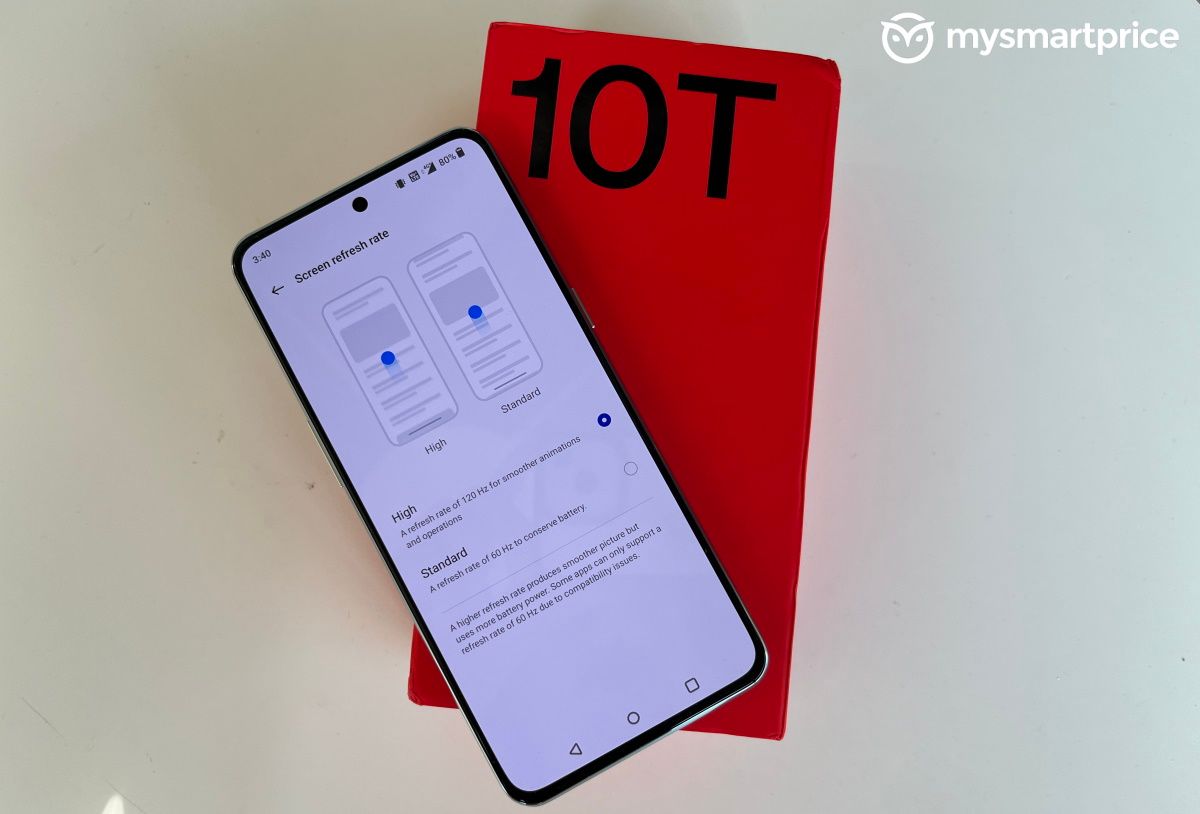
We have already talked about the display of the 10T, but what complements it well are the stereo speakers on the handset. The 10T is an excellent multimedia companion device for watching YouTube videos to streaming shows. Overall, the speakers on the OnePlus 10T are loud, and the sound is also crisp. The 10T also gets Dolby Atmos support.
The OnePlus 10T packs one of the quickest in-display fingerprint scanners we have used in this price segment, and it worked flawlessly every time. There’s also face unlock for added security, which worked well throughout our review time. However, we wish that OnePlus added some IP rating on the OnePlus 10T, which could have made this an all-rounder package. But, that again seems a compromise to keep down the prices.
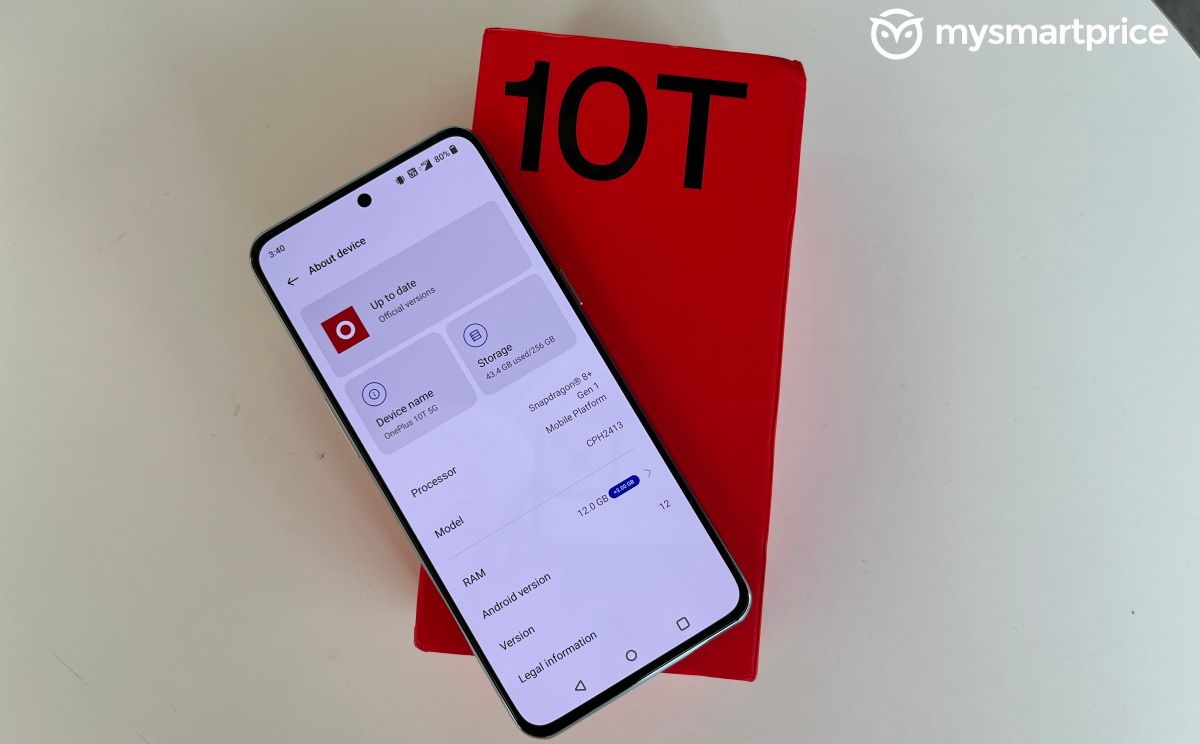
During the product briefing, a company executive claimed that the 10T comes with a 360-degree antenna system and packs 15 antennas. Nevertheless, we got fantastic network reception and had no issues with call clarity or mobile data-related concerns. Even with Wi-Fi connectivity, the 10T impressed.
The OnePlus 10T also comes with a RAM expansion feature that can let you add up to 7GB of RAM to your existing memory. This works when you have enough storage space on the device, and then you can use part of it to expand the RAM on the device. But chances are you won’t need it. We tested the 12GB RAM version, and in most situations, we always had around 8GB of memory free.
OxygenOS is another reason why people love OnePlus devices. In our opinion, it is one of the best custom ROMs built on top of Android. Though, in all these years, it has lost some highlight features but has also gained some really interesting ones. The 10T runs on OxygenOS 12.1 based on Android 12.
The UI has been streamlined to focus more on personal space. It has subtle design tweaks from previous iterations, and lets users customise dark mode. An all-new OnePlus Shelf feature is annoying initially, but you will like it once you start using it. You get an option to disable the OnePlus Shelf as well. The Zen mode has received some redesign and looks neat. After OnePlus and Oppo merger announcement last year, many expected OnePlus to start using a unified OS. Thankfully, the company dropped that plan, though we see ColorOS elements in the new OxygenOS. For example, the native launcher is now “Oppo-fied”.
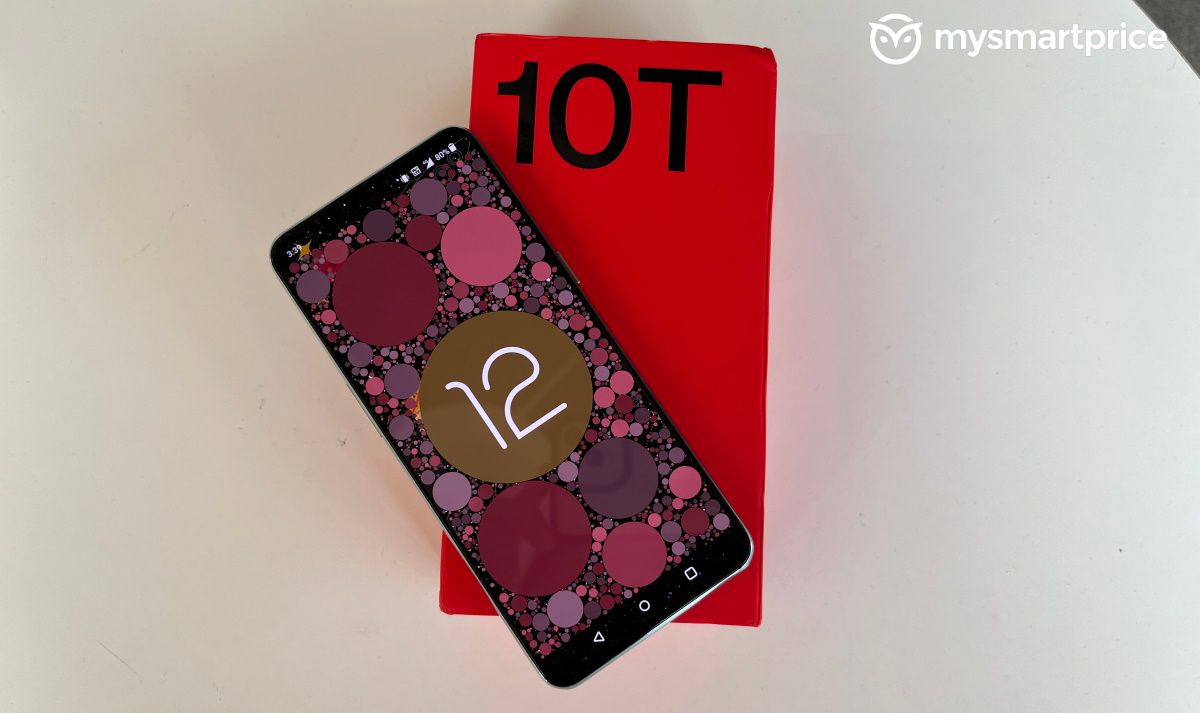
Talking about software update commitment from the brand. The 10T will receive three major Android updates and four years of security updates.
Overall, OxygenOS remains our top pick for the best custom ROM running on top of Android, and 10T is far superior to all the Vivos and Xiaomis in this price segment.
OnePlus 10T Review: Primary camera is the highlight
The camera on the 10T is one department that has seen massive changes when compared to the Pro model. The 10T features the reliable 50-megapixel Sony IMX766 primary sensor with OIS, EIS, and f/1.8 aperture. It also gets an 8-megapixel ultra-wide camera with a 119.9-degree field of view alongside a 2-megapixel macro camera that can be your close-up shot expert with an effective shooting distance of 2 to 4 centimetres. We wish that OnePlus included a telephoto lens instead of a macro sensor, but here we are. At the front, there’s a 16-megapixel selfie camera.
The cameras on the 10T support 4K videos and pack features like Nightscape 2.0, Ultra HDR, Smart Scene Recognition, Pro Mode, Long Exposure, Dual-View Video, Movie Mode, Cat/Dog Face Focus, RAW, Video HDR, Video Portrait, and more.
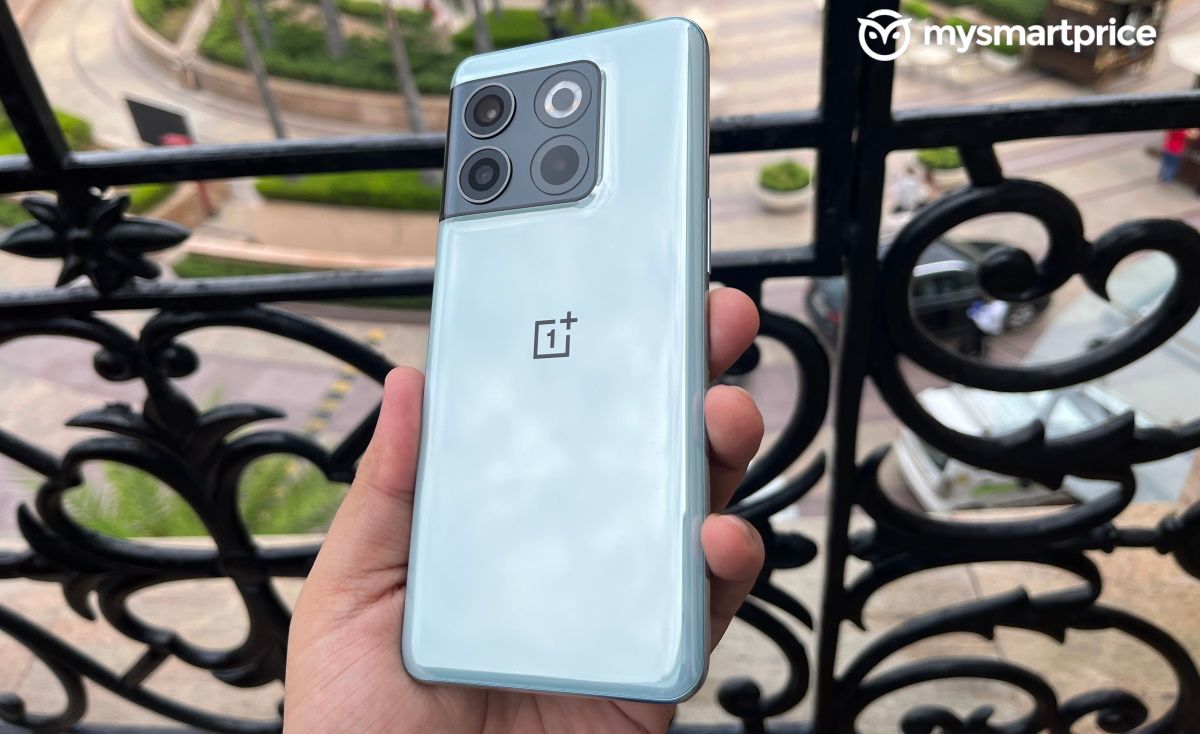
The camera UI is again familiar, and we have seen a similar UI on the 10R. It offers quick tools in one tap while most features are listed under the More tab.
Starting with the primary camera on the 10T, the IMX766 is one of the sensors that has been widely used in the industry and not just by OnePlus. For example, Oppo Reno 8 Pro, Asus ROG Phone 6, OnePlus 10R, OnePlus Nord 2T, OnePlus 9 Pro, and Nothing Phone (1) have used the IMX766 as the primary sensor. And, because many manufacturers have used it, we have some idea of its capability.
During daylight, the primary camera on the OnePlus 10T mostly offers a high level of detail, and even the exposure is reliable. Nevertheless, we managed to click some stunning outdoor shots with plenty of details, and the good thing about this sensor is that when you zoom into these photos, you do not see many instabilities. That’s why at first, we said reliable sensor.
Even in the shadow areas, the noise is well controlled. The autofocusing is quick in daylight, and we didn’t have to struggle at all with focusing during the review. During our extensive camera tests, images come out consistent with accurate exposure and vivid colours across lighting situations.
The 8-megapixel ultra-wide camera offers accurate exposures for most of the samples we took during the review. It provides a wide field of view with a decent dynamic range and mostly lovely colours. However, we noticed that detail is low in long-range shots.
The OnePlus 10T offers a good setup for low-light and night shots. There is a good amount of detail and controlled noise. Even the autofocusing is decent, and it doesn’t disappoint. The cat photo we took was a complex lighting setup where one half had a light source around while the other half had no light, but 10T managed to balance it well. Right from the cat, stripes and eyes are captured superbly. The Nightscape 2.0 does help slightly in improving details and minimising noise around the corners. But nothing groundbreaking other than that.
Coming to indoor shots, the 10T clicks decent images with good highlights in difficult high-contrast conditions. The results, however, are not as good as daylight shots but still good enough for social media uploads.
Coming to close-up shots, the 10T comes with a 2-megapixel macro sensor, which was inconsistent during our tests. We saw autofocusing slightly off while clicking close-up shots. Though, after some attempts, it does manage to click the perfect macro photo. We, however, believe that a telephoto lens would have been highly usable on a phone of 10T’s calibre.
The 16-megapixel front camera seems to click decent selfies. We noticed the nice colour and skin tones in the samples. Considering that many users use the selfie camera for social media uploads, we don’t think that the 10T has a less powerful front camera than pricier flagships in the market. Coming to portrait shots, we noticed an inconsistency in some of our shots. While the phone offers a good amount of blur and even the depth estimation is decent. We have seen better portrait performance in phones in this price range.
The OnePlus 10T offers 2X optical zoom and up to 10X digital zoom. While the optical zoom is still usable, the digital zoom lacks details and also has autofocus failure in several of our samples. Zoom isn’t a forte of the OnePlus 10T smartphone.
Overall, its primary camera sensor is the OnePlus 10T’s biggest highlight. It is reliable and impresses in most light conditions. However, the ultra-wide and macro sensors on the 10T could have been better. And, a telephoto lens would have bumped overall cameras prowess.
OnePlus 10T Review: Impressive battery life and 150W fast charging add to the fun
The OnePlus 10T ships with a smaller battery when compared to the OnePlus 10 Pro but the same size as the OnePlus 10R. The 4800mAh battery seems good enough for an entire day and, for us, easily lasted for more than a day with heavy usage.
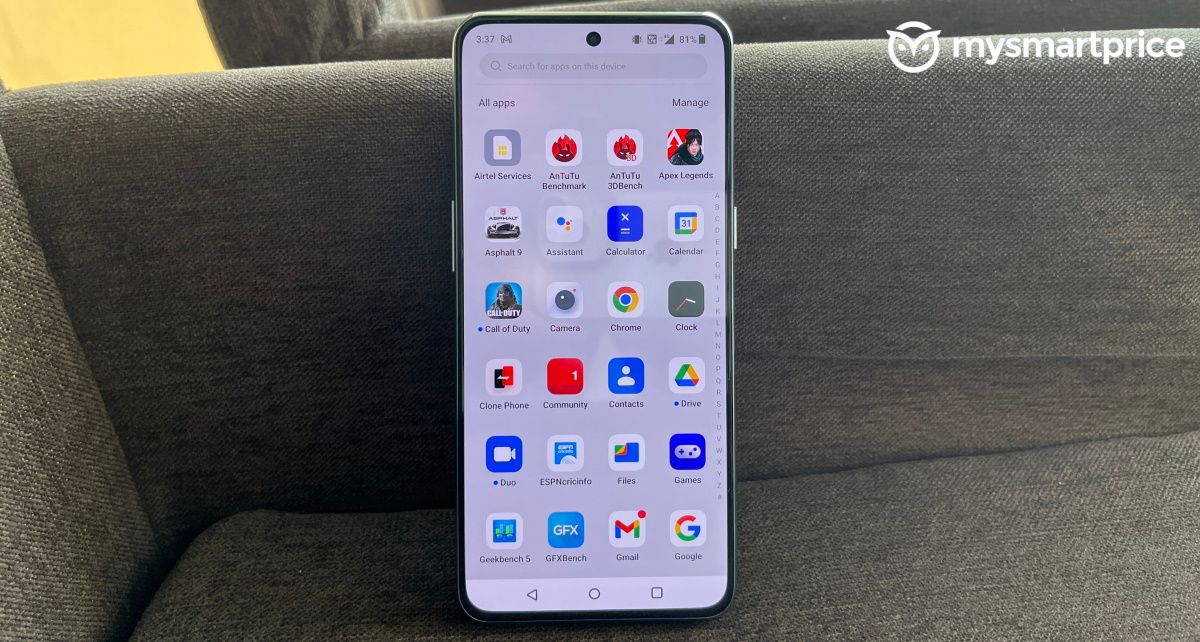
The major highlight here is the support for 150W SUPERVOOC fast charging on the 10T. This adds to the device’s ability to charge from 1 to 100% in 19 minutes fully. The figure is mind-boggling, and we couldn’t even imagine such charging speeds five years ago. During our review, the 10T charged from 1 to 67% in just 10 minutes, which is again impressive.
Another reason this new fast-charging tech is exciting is that even with repeated charging with the 160W SUPERVOOC adapter that ships with the phone, the battery retains 80% of its original capacity even after 1600 charge cycles or what the company claims four years of usage. Not bad at all, considering how much we love fast-charging tech on our phones these days.
Overall, the OnePlus 10T offers a solid battery life and 150W SUPERVOOC charging ensures no end to the fun.
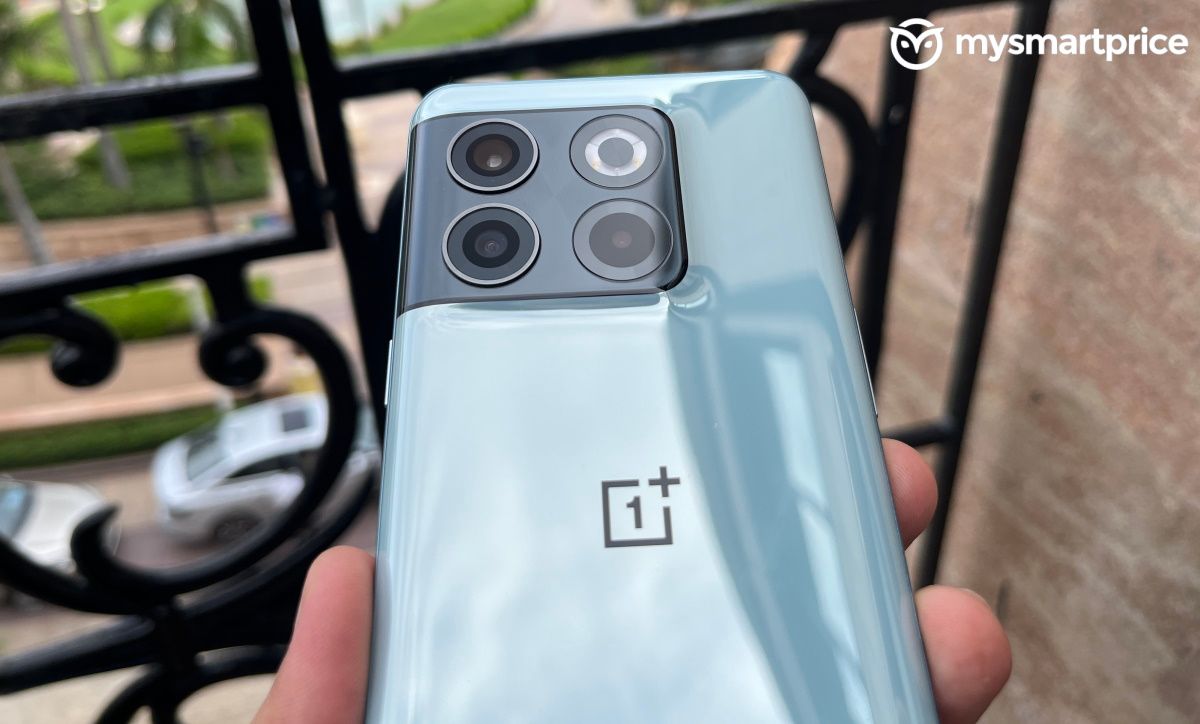
OnePlus 10T Review: Verdict
At a starting price of Rs 49,999, the OnePlus 10T is well within reach of consumers who want a reasonably priced flagship smartphone.
With the 10T launch, OnePlus finally has a device that can sit between the flagship OnePlus 10 Pro and the mid-range OnePlus 10R in the latest 2022 line-up. The 10T also comes in 12GB RAM and 256GB storage, priced at Rs 54,999, while the top-of-the-line 16GB RAM and 256GB storage model goes up all the way to Rs 55,999 in India.
So, should existing OnePlus users upgrade? Yes and no. If you’re still using the OnePlus 8 series or even 8T, then the 10T is a massive leap in terms of features. However, if you’re using the OnePlus 9 series from last year, then skipping this and looking forward to the next OnePlus flagship would be ideal.
What goes in favour of the OnePlus 10T? First, we will start with the display. It is stunning, and we loved it though the price segment has a few rivals that offer better panels. While the Snapdragon 8+ Gen 1 processor upgrade is a welcome addition, you may hardly notice any improvement over any Snapdragon 8 Gen 1 phone. Now, the biggest feature is the ultra-fast charging support. Mind you, there’s no returning from the 150W SUPERVOOC that fully charges your phone in under 20 minutes. The primary 50-megapixel Sony IMX766 camera is a tried and tested sensor, and you won’t be disappointed. We definitely would have preferred a telephoto sensor to a macro sensor. Finally, OxygenOS is a treat, and we would pick it any day over phones with FuntouchOS or MIUI.
We would have loved the addition of an IP rating, which would have given the 10T a huge bump compared to its rivals in India. Another downside is the weight; it is on the higher side, so not for people who love sleek phones.
Despite all of this, the OnePlus 10T, at its price, comes out as an excellent option for consumers looking for a premium smartphone experience under Rs 50,000. At this price, there’s one direct competitor to the 10T and it’s the iQOO 9T.


